LEBENSLANG NOMADE – SCHICKSALSSTUNDE IN DEN HELDER
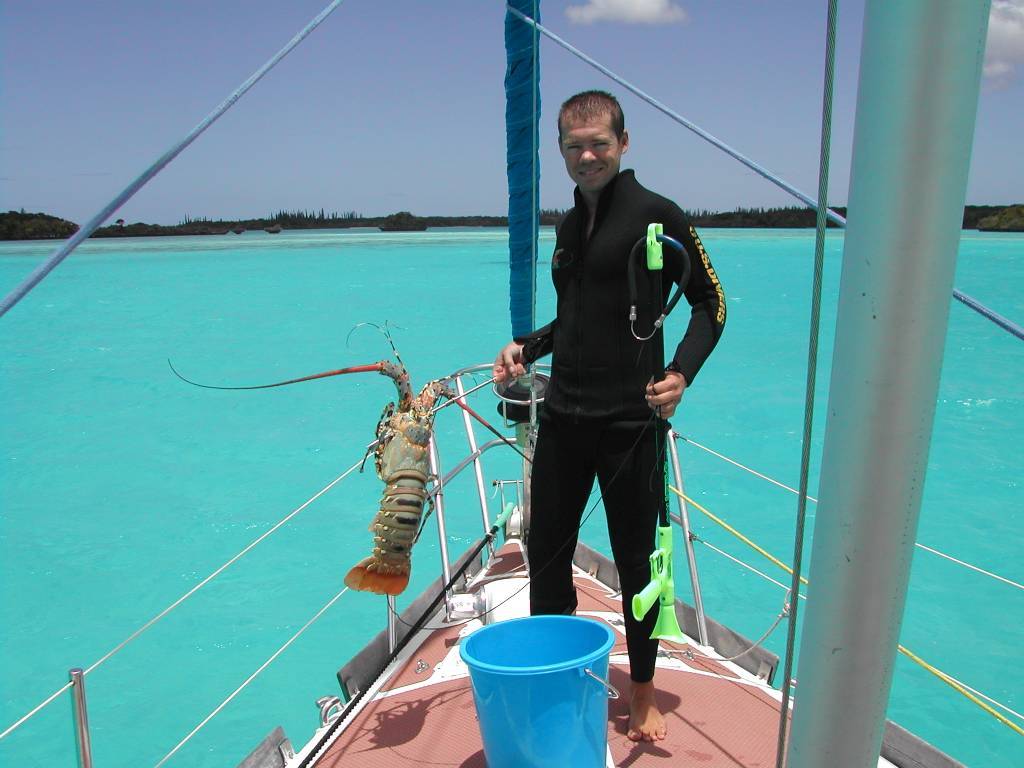
Eisblumenwinter für einen Segler, der Jahrzehnte in Brasilien gelebt, der auf seiner Teresa – einer Monsun 31- den Winter 2017 – 2018 im Hafen von Den Helder zugebracht, wo ihm harte Temperaturen auf einem Schiff ohne Heizung kalte Füsse und Schlafstörungen verursacht haben. Ein Schock, der auf die Seele schlägt, insbesondere, wenn soziale Kontakte nur spärlich vorhanden, den Winter nochmals länger machen. Die Neugierde wächst im Quadrat, diesen Menschen einmal näher kennen zu lernen.
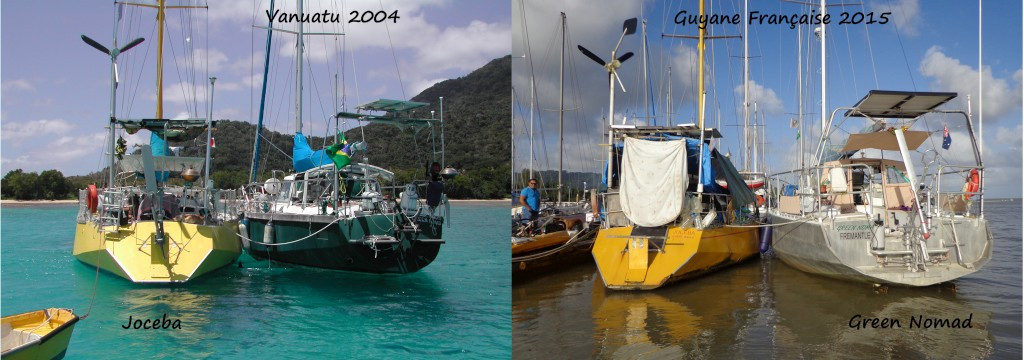
Ich kenne Luis seit 13 Jahren, und man kann leicht erraten, dass wir uns über Heckverzierungen näher gekommen sind. Für einen Naval Architekten, der in Brasilien gelebt und gearbeitet, der dort ein Schiff revidierte, ein weiteres gebaut, mit denen er lange Reise machte … hatten wir Gesprächsstoff ohne Ende. Mein Interesse kam von alleine um die Ecke und ich merkte schnell, dass auf kurze Fragen immer längere Antworten folgten. Also, wo fange ich an?
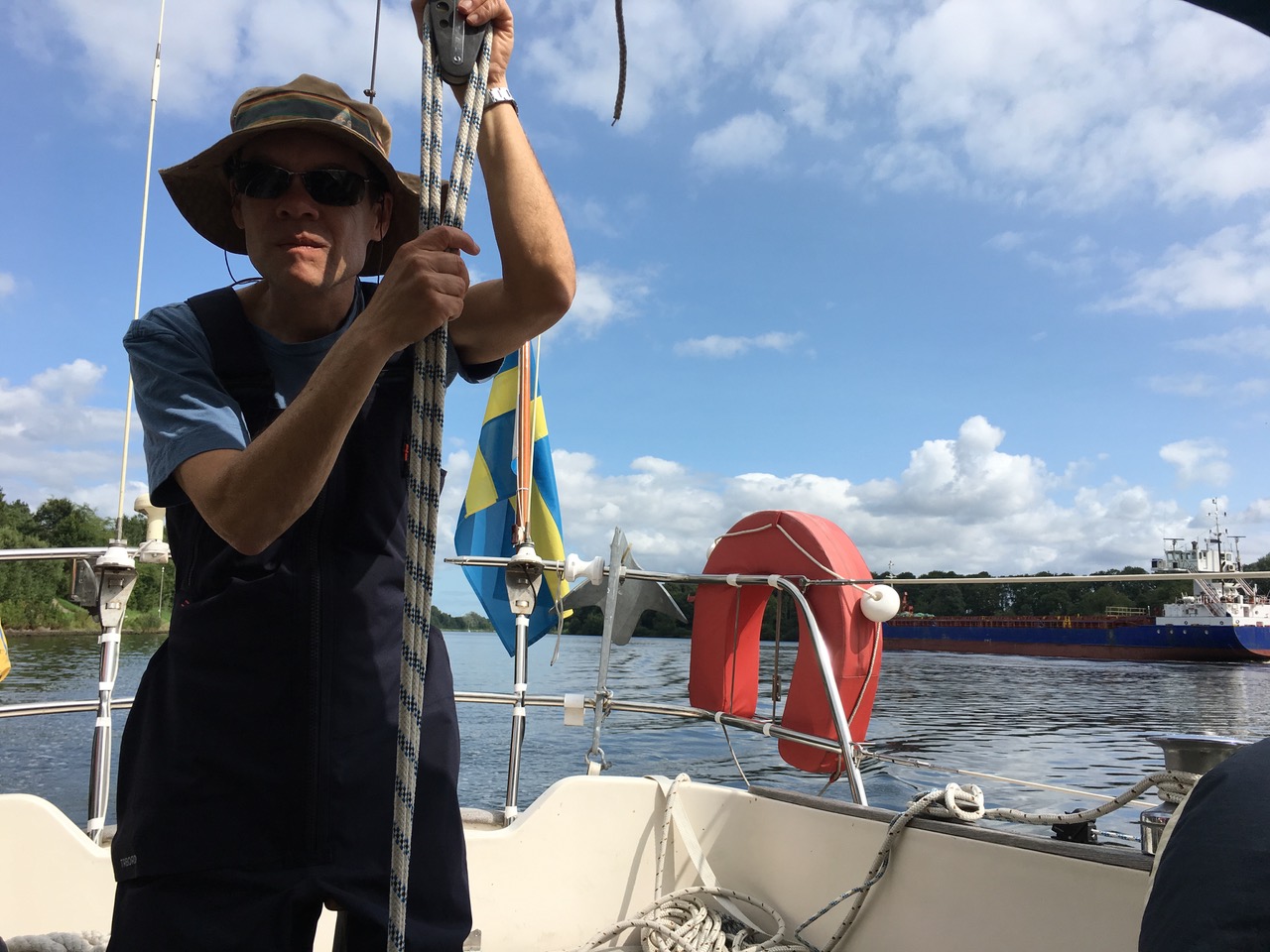
Den Helder liegt näher als Brasilien, Luis wollte seine dritte Windpilot Anlage haben, um steuerfrei wieder in die Wärme zu segeln. Und wir hatten in Holland weitere Termine, also haben wir einen Abstecher nach Den Helder gemacht.
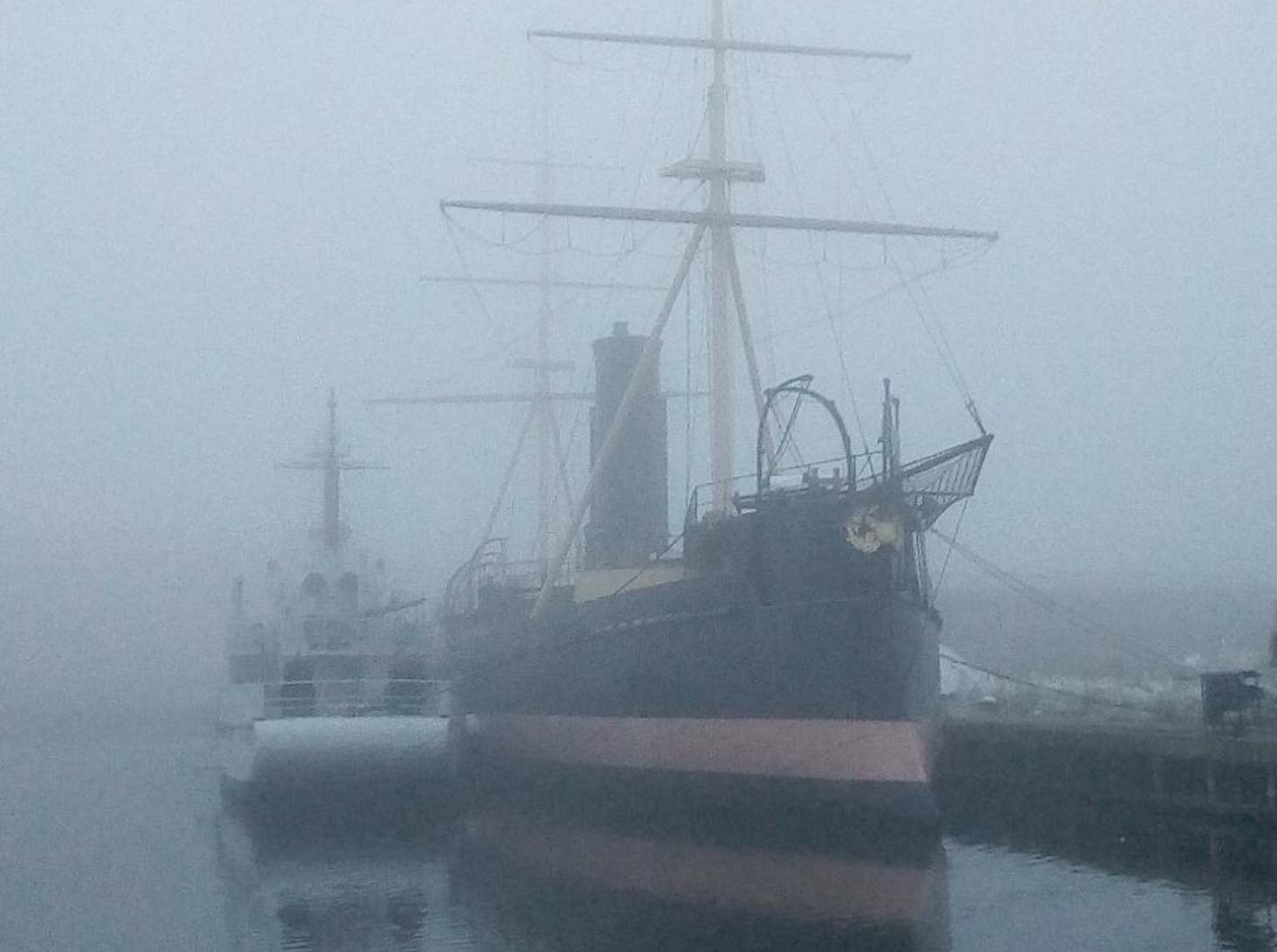
Das war im März 2018, Den Helder war neblig und Schock gefroren, kaum dass man glauben wollte, dass man an Bord einer gerade vom Eis freigegebenen Monsun 31, leben könnte. Luis hat den Winter mühsam überstanden, jede Faser hungerte nach Wärme, menschlicher und auch geografischer – nur der Steuersklave hatte noch gefehlt.
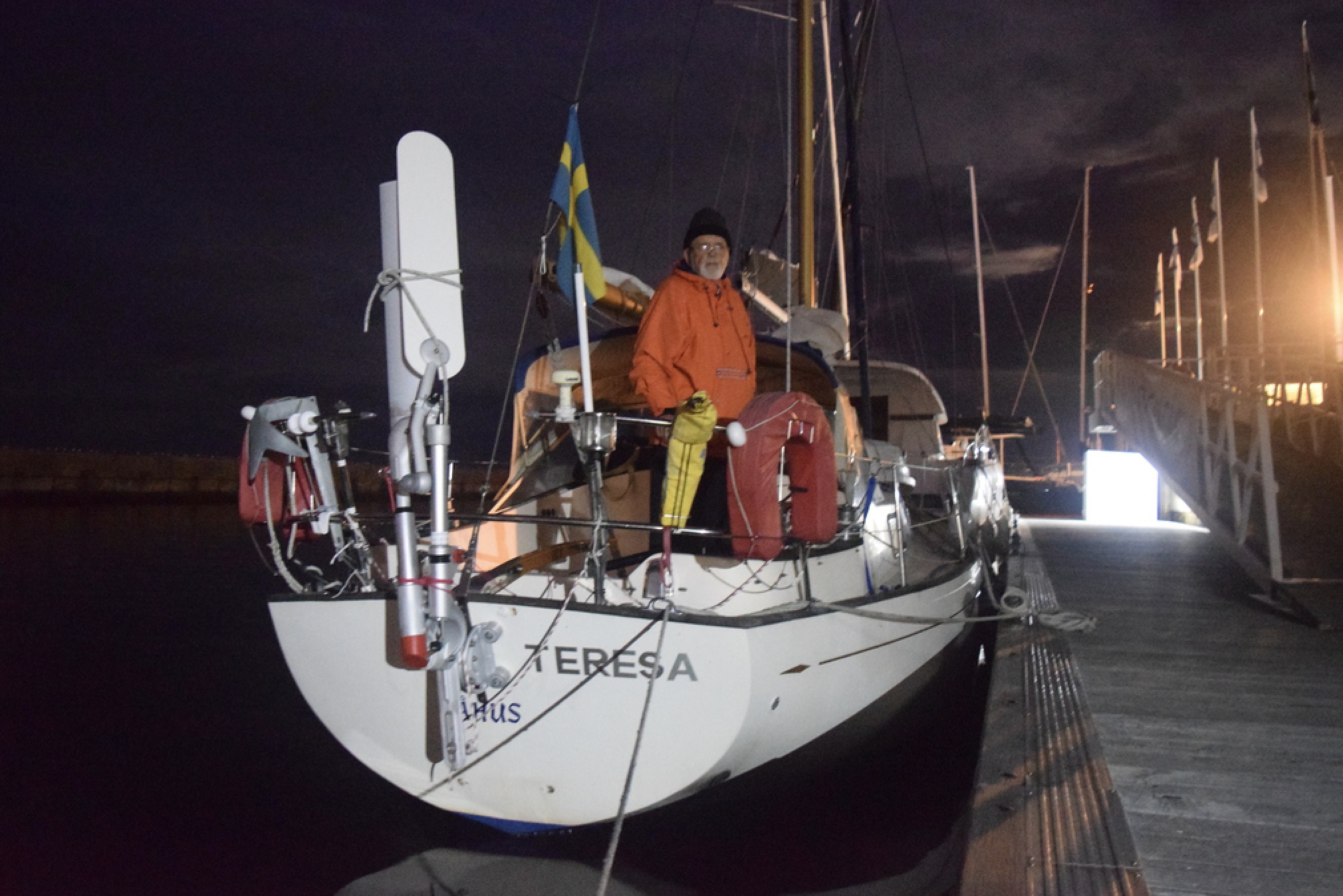
Er ist dann wenig später gemeinsam mit seinem 86 jährigen Vater nach Lissabon aufgebrochen, wo beide bis heute leben.

Wir haben einen besonderen Menschen kennengelernt, der unsere Herzen im Sturm eroberte, und zu einem Freund geworden ist – mates of soul. Wir haben die Atem beraubende Geschichte einer Familie kennengelernt, die infolge wirtschaftlicher und politischer Notwendigkeiten von Portugal nach Mozambique – damals Kolonie – über Brasilien wieder nach Portugal zurückgekehrt ist. Luis Grosseltern waren nach Mocambique ausgewandert, sein Vater hat dort geheiratet und zwei Kinder gezeugt, das jüngere war Luis, Jahrgang 1967 wurde in Lourenço Marques geboren.
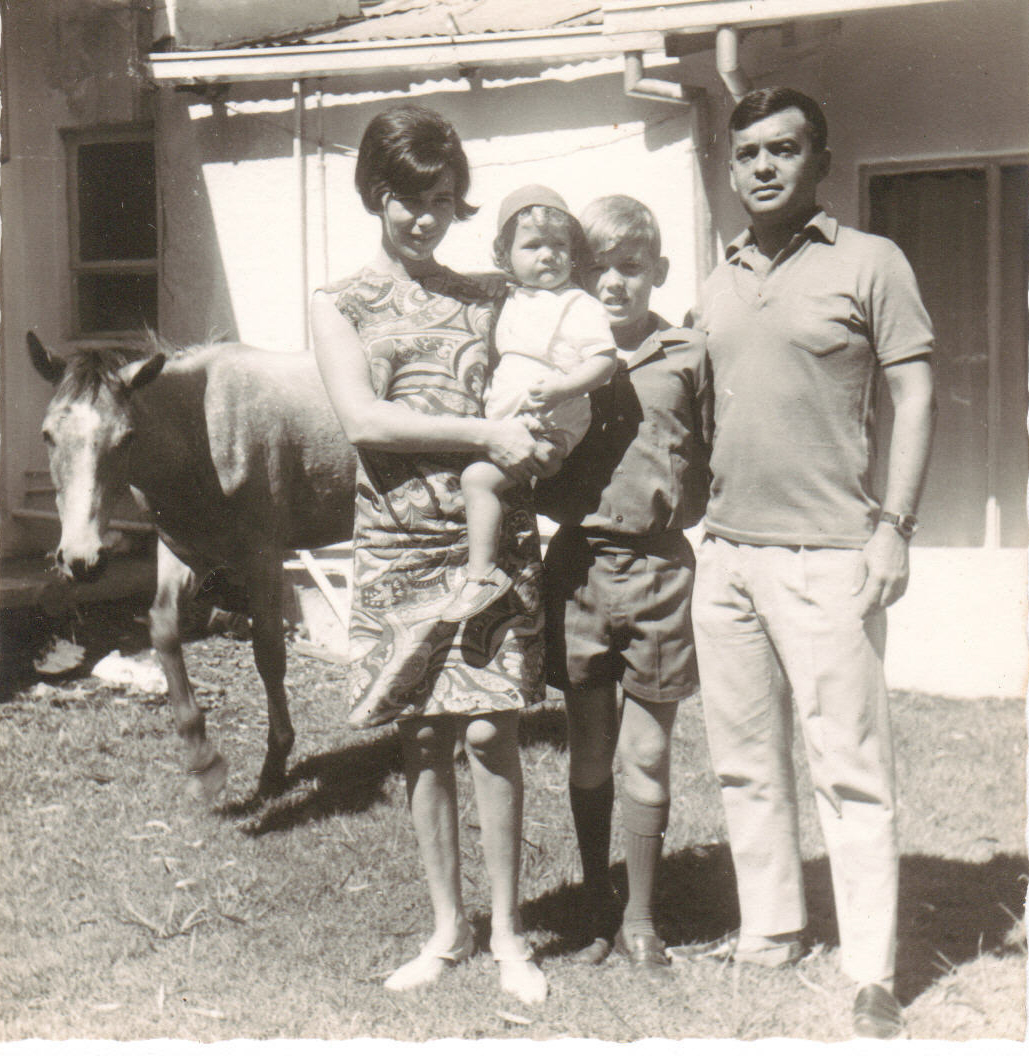
Eine Familie, die eng zusammenstand. Acht Jahre später, im Jahre 1975 ist sie mit 3 Generationen nach Rio de Janeiro umgezogen, weil die politischen Veränderungen nach der Unabhängigkeitserklärung in Mocambique ein sicheres Leben zunehmend unmöglich machte. Der Umzug nach Brasilien erschien naheliegend, weil Sprache und geografische Lage keine Hürde darstellen konnten.
Die Familie, eng verbunden mit der Firma Furuno, hat in Rio schnell Fuss fassen können. Auch Luis, graduiert in Metallurgie und Material Engineering in 1990, hat 6 Jahre für Furuno gearbeitet und alle Aspekte elektronischer Navigation von der Pike auf gelernt.
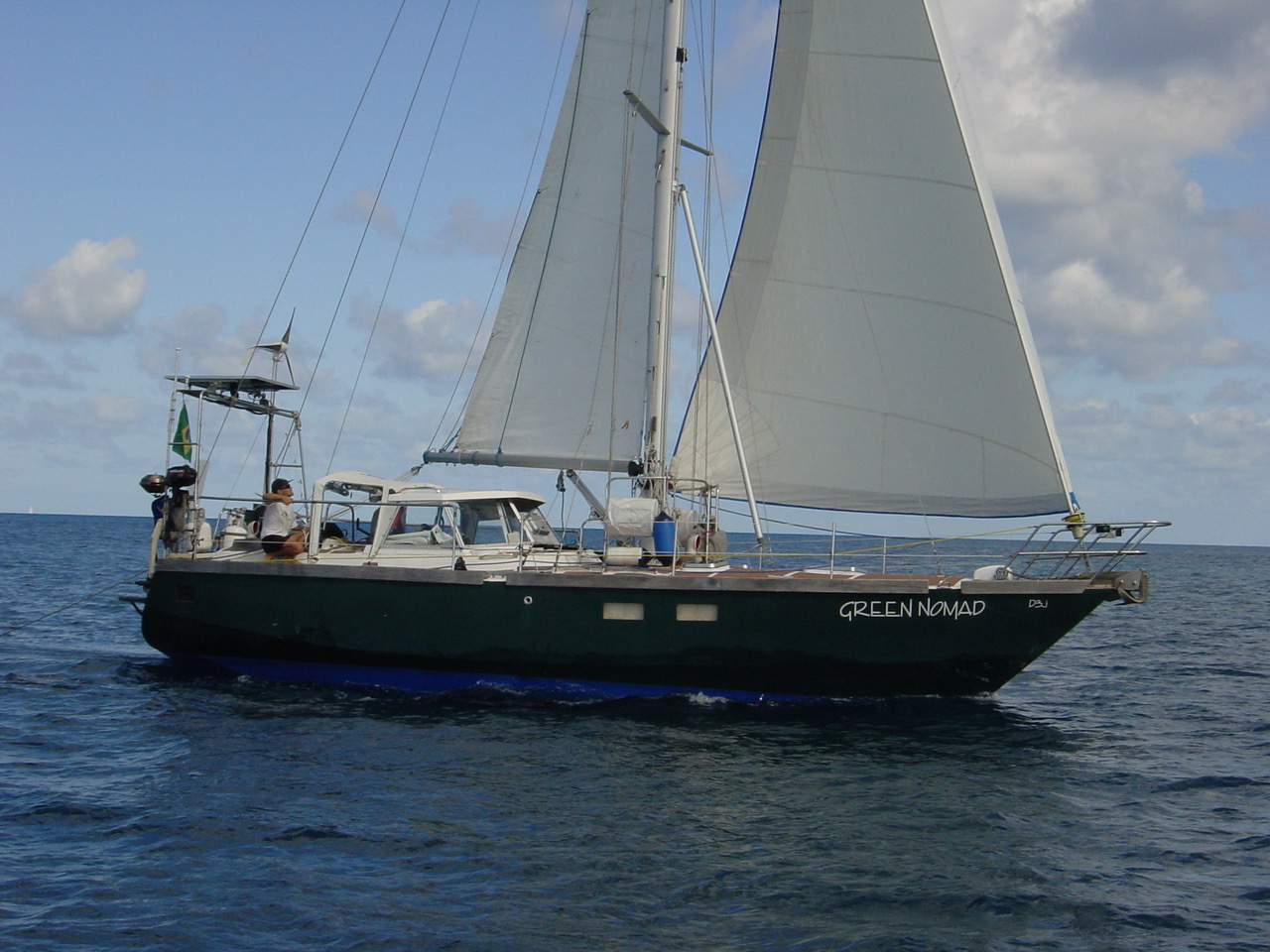
Die erste Green Nomad, eine van de Stadt 36, wurde im Verlauf der Jahre 1991 – 1996 zur grossen Reise revidiert und ausgerüstet. Gemeinsam mit seiner Frau, mit der er 25 Jahre seines Lebens verbrachte, besegelte Luis weite Teile des Pacific bis nach Australien, erwarb die Australische Staatsbürgerschaft und besegelte anschliessend Melanesien and Micronesian, sowie die Marshall Islands von 2002 – 2005. Die Green Nomad wurde im Jahre 2006 in Australien verkauft.
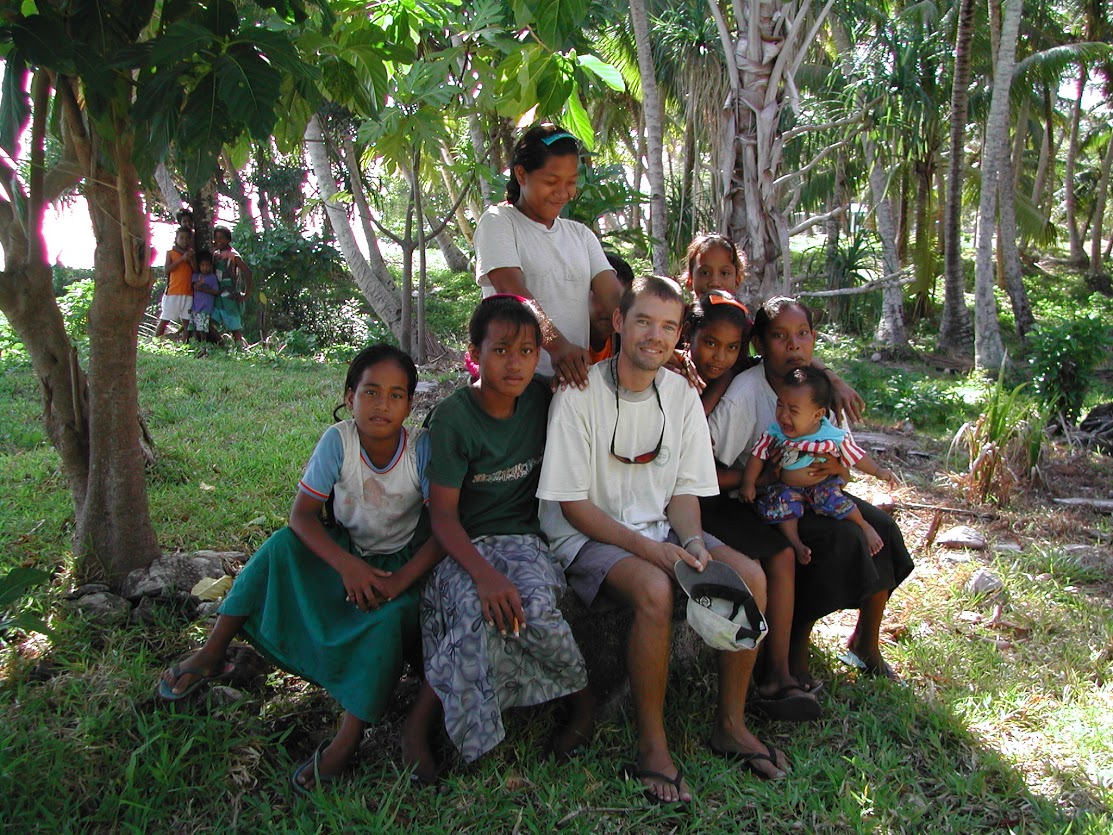
Zurück in Brasilien, hat Luis alsbald damit begonnen, die zweite Green Nomad – eine Kiribati 36 – zu bauen, ein Integral Schwert Design mit Innenballast, das er gemeinsam mit Roberto BarrosB & G Yacht Design entworfen hatte, Spezialisten in Konzeption und Durchführung von Aluminium Knickspant Bauweise, insbesondere geeignet für Selbstbauer, weil Segelsport in Brasilien erheblich besteuert, für Menschen mit normalem Einkommen nahezu unerreichbar war.
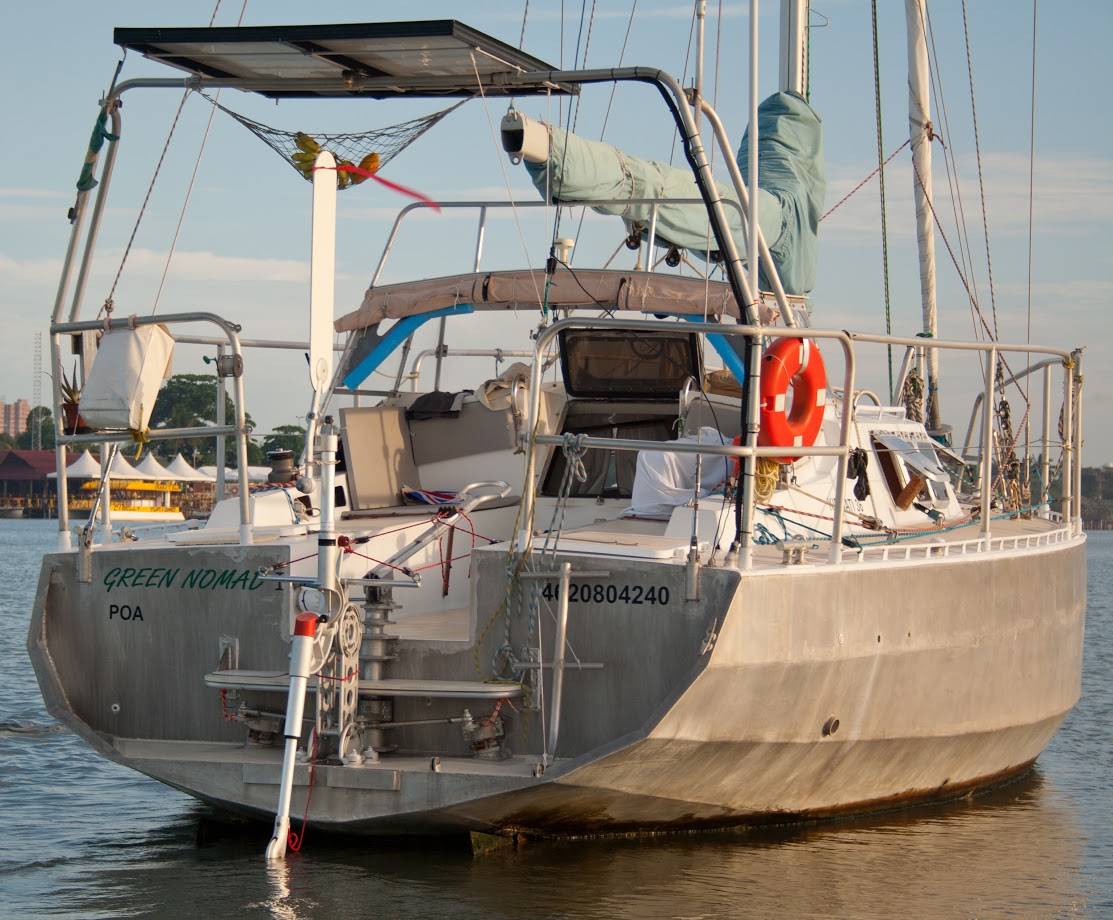
Mit der neuen Green Nomad II hat Luis dann weitere Reisen gemacht, entlegene Gegenden in Brasilien und French Guyana besucht, ist tief in den Regenwald des Amazonas vorgedrungen. Seine Reisen hat er mehrfach unterbrochen, um auf Sea Shepard Schiffen, als Captain Missionen in die Antarktis zu unternehmen.
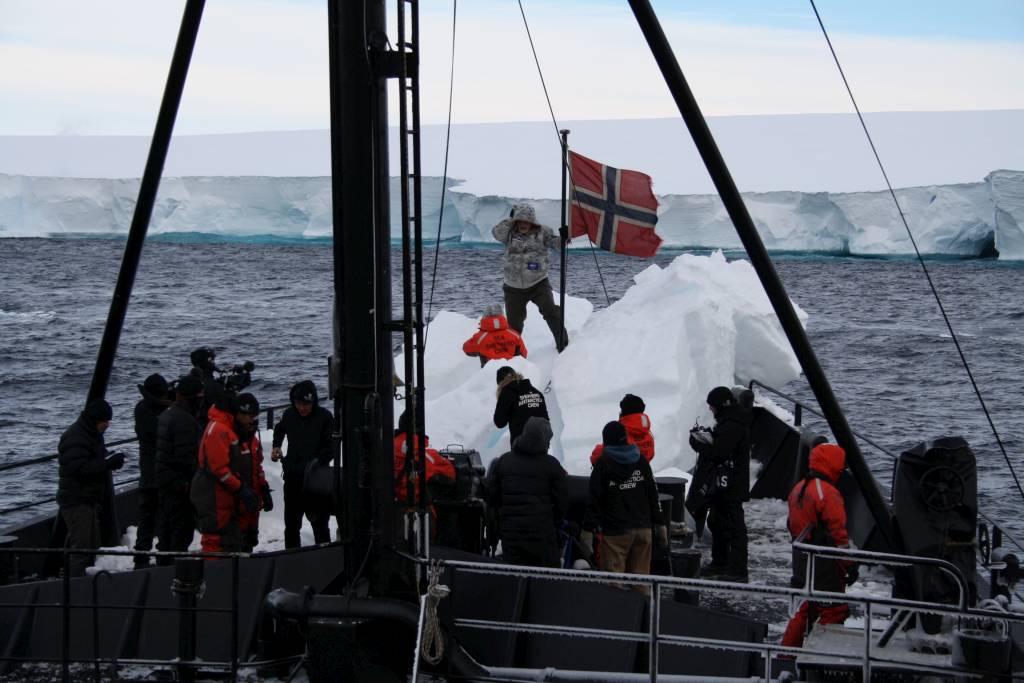
Die Green Nomad II wurde 2016 in Trinidad verkauft. Ein trauriges Lebenskapitel, weil das Schiff infolge undefinierbaren Wassereinbruchs, sowie Termitenbefall im Holzausbau, nach längerem Aufliegen in Chaguaramas zuletzt einem abgelaufenen Visum zum Opfer gefallen ist, womit Luis Wiedereinreise vereitelt, das Schiff am Ende für viel zu geringes Geld verkauft werden musste.
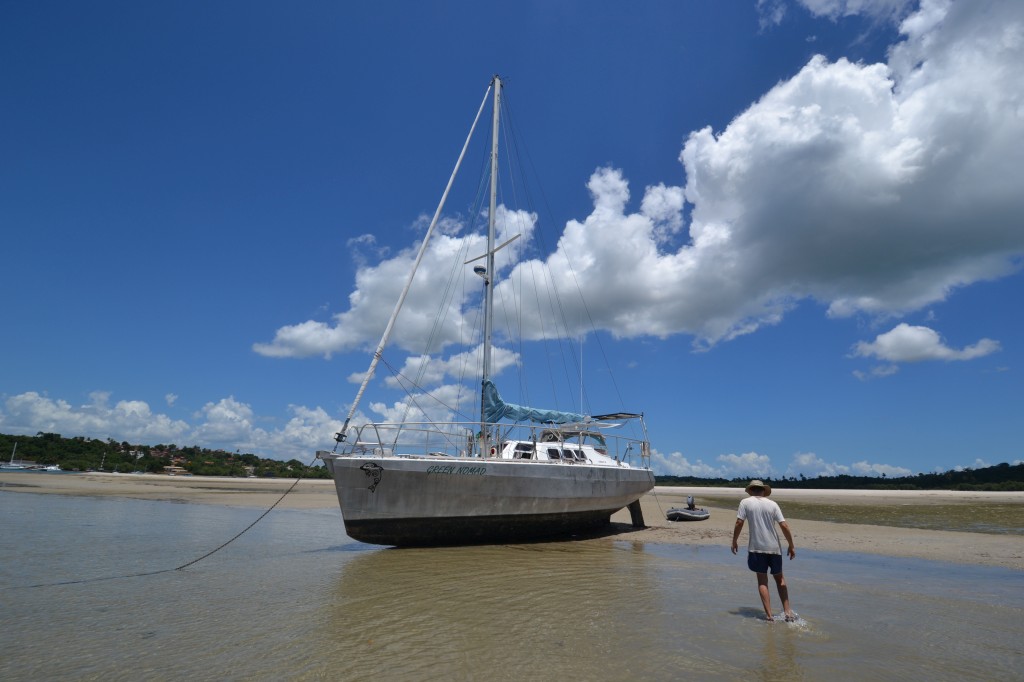
Nach einer Zwischenstation in Florida, wohin ihn eine Cape Dory 28 hingezogen hatte, hat Luis dann in Schweden eine HR Monsun 31 gekauft, die er in 2017 durch Dänemark, Deutschland bis nach Den Helder gesegelt ist, wo wir uns zum ersten Mal getroffen haben.
Hier in Luis eigenen Worten die atemberaubende Zusammenfassung eines ereignisvollen Lebens.
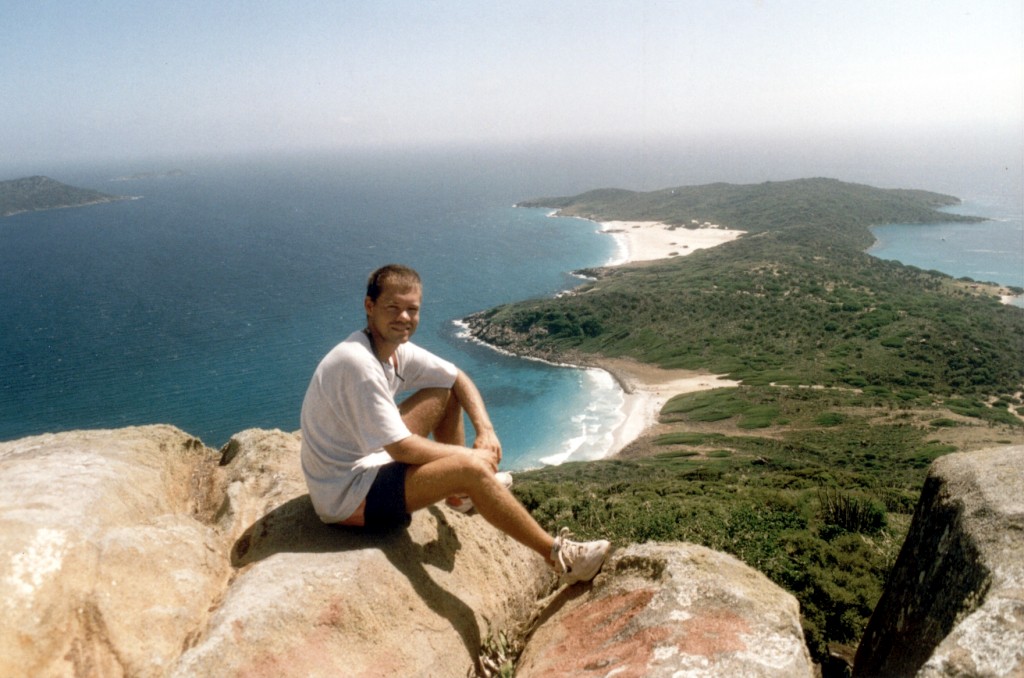
Hi Peter, I am 52 years old, and since 1996 I have not lived more than 2 to 3 years in the same place, in places as different from each other as Portugal, Brazil, Australia, French Guyana, Kiribati and many of the South Pacific Islands, culminating to where I am now, Vila Franca de Xira, in Portugal, and just before where you met me, in Den Helder, after coming from Sweden, via Germany. I have never had a land dwelling, having left my parent´s home to my first boat.
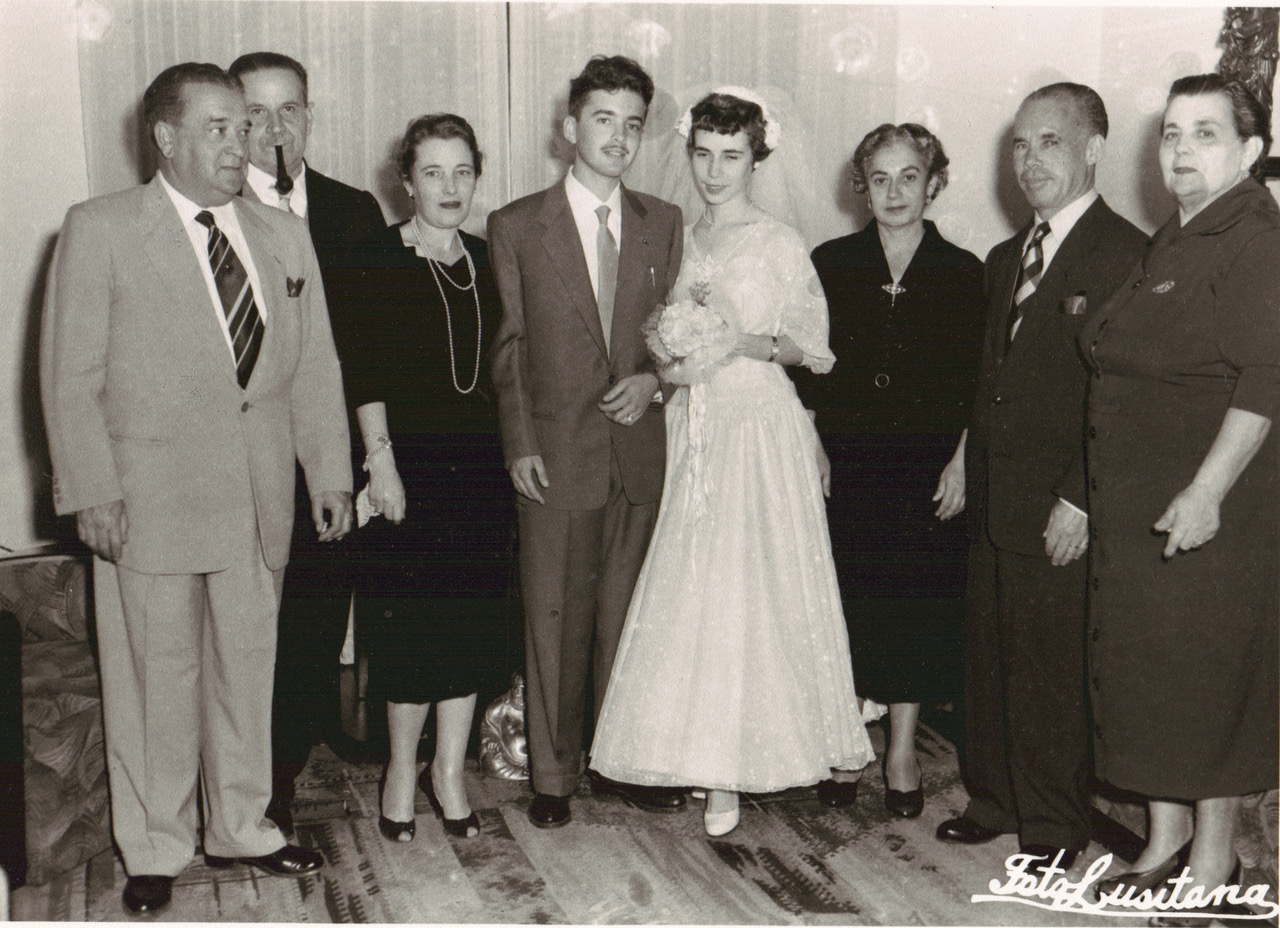
In 1975, after the independence of the Portuguese colonies in Africa, my family had to leave Mozambique, where I was born. My father correctly foresaw a difficult time for so many immigrants flooding Portugal, a small country, and decided to try Brazil. That´s how we went to Brazil and lived there for about 3 decades, a little less for me, who was 8 at the time.
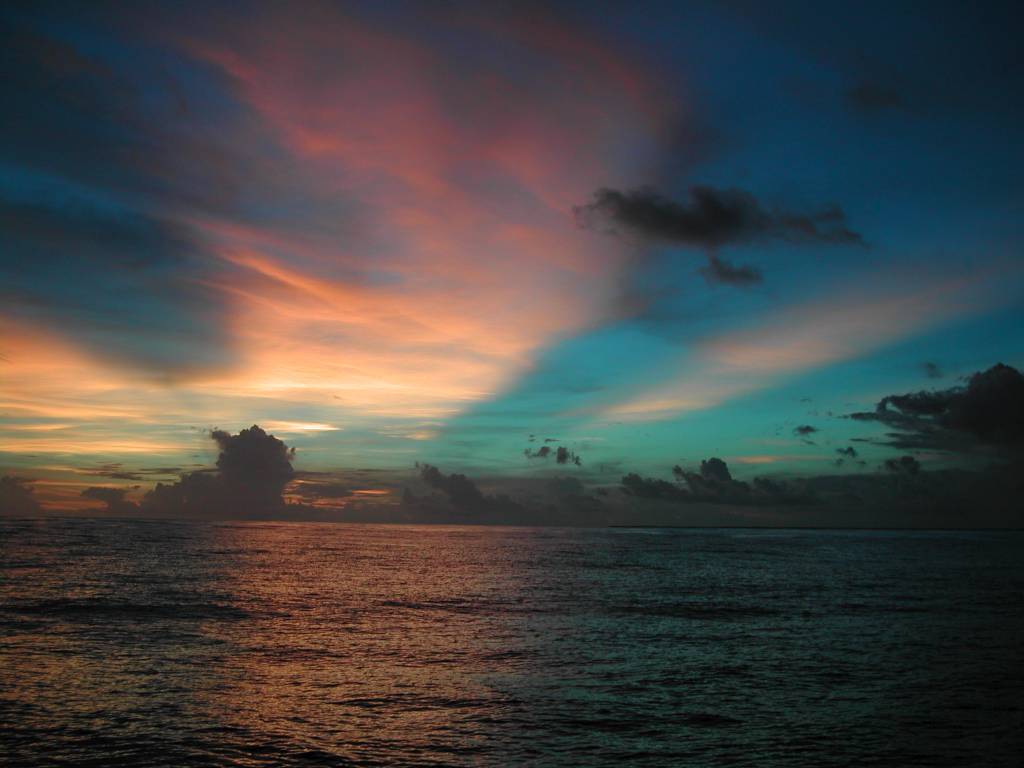
Since early on these new times, I took a sharp conscience that everything was difficult to get, and could hear my father telling my mother that we had money for only about 8 months, our family of 6, the parents and two kids, plus 2 grandmothers.
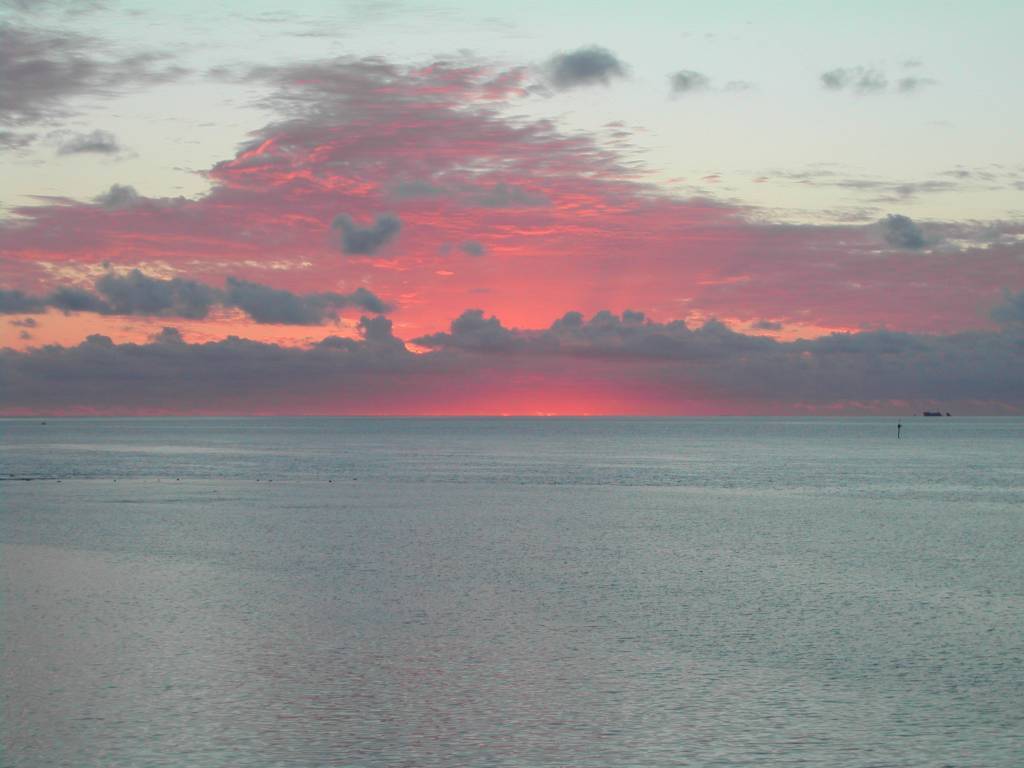
I opted for a career in engineering, specialising in Metallurgy and Materials. I also went to professional high school, specialising in mechanical fabrication processes, machining, foundry etc. And all of this education I managed to do for free, getting admitted to federal schools and Rio de Janeiro Federal University, which was difficult to achieve. And mostly through this wandering life I had, I never made my alternative and adventurous life style a burden to my family, as I thought the choices were mine, and if there was a price to pay, it should be only mine too.
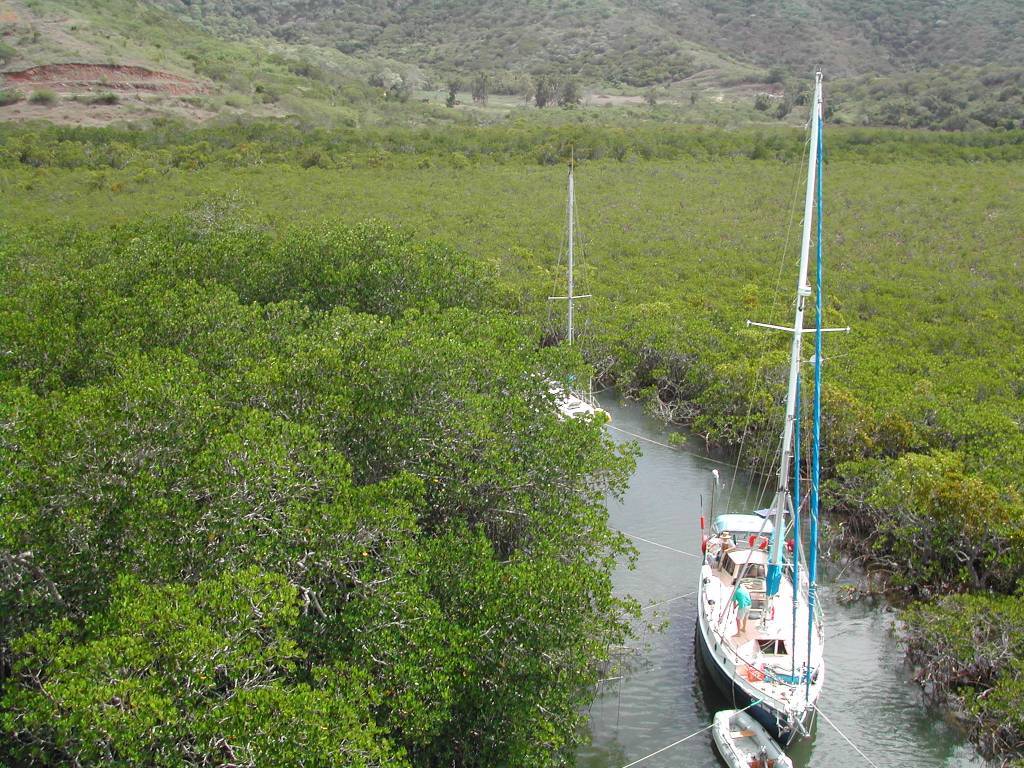
Long before I started working with yacht design, which was my life long dream, I coursed the distant learning course course at Westlawn Institute of Yacht Design, this around 1987.
After graduating from university I joined my family´s business in the field of marine electronics, and worked there for 6 years, period in which I learned a lot about the industry, doing tasks as diverse as commercial correspondence and installation, user training etc.
That experience came in handy later in Australia, when I worked in the marinas doing boat maintenance and boat building, mainly in the electrics installations, rigging and general systems installations. But something I did very well was to install and integrate the electronics on board, including autopilots, and my very first job there was to install an Aries for a customer. I even remember making a business card where it expressly was stated, self steering systems, which was my favourite area of installation.
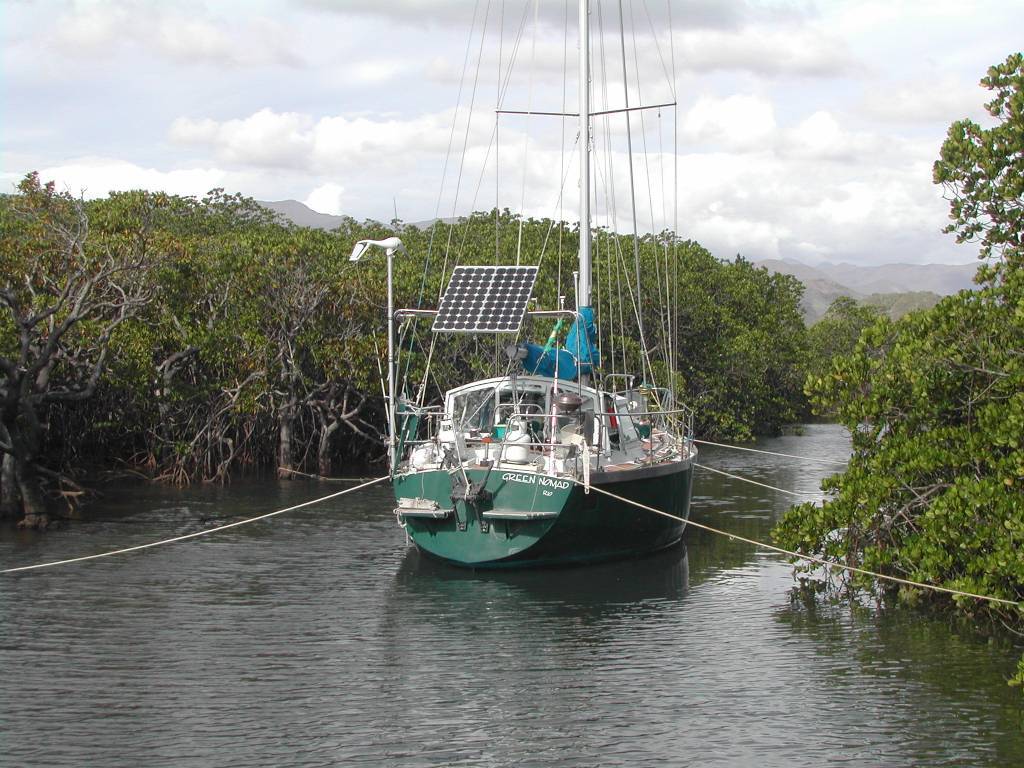
During the years I worked in the company with my family I saved all the money and used in my boat, which I was refitiing from a bare steel hull, and when it was ready, in 1996, I moved to live on board, 2 days after marrying.
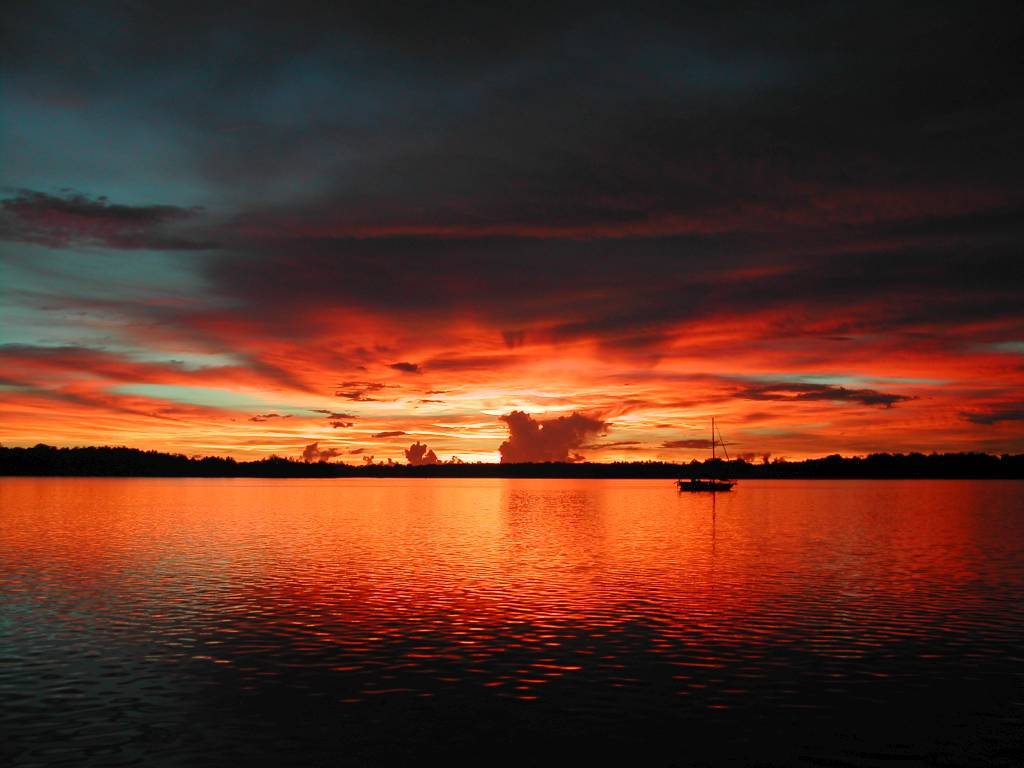
I decided in 1993 that having already fled a war in Mozambique once, it was time for me to flee this other undeclared war, the urban war in Rio de Janeiro, where I had actually heard more, closer and deadlier machine gun fire than in Mozambique, so I applied for a resident visa to Australia, which after 2 years of endless letters, was granted. So in April 1997 I left Rio with Green Nomad, bound for Australia.
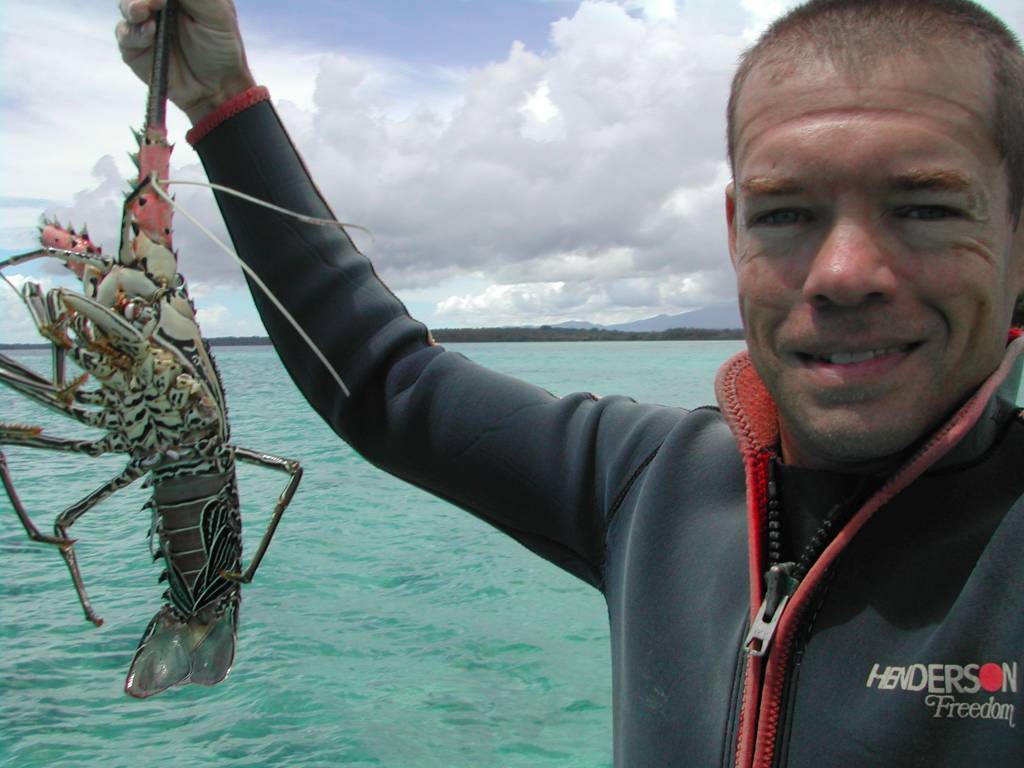
Me and my ex-wife had then 10 very good years with that boat, sailing in the Pacific Islands in two periods, one before arriving in Australia, and a second one, longer, when we sailed back against the trade winds to know some of the Western South Pacific Island groups we had rushed past or not visited in the first trip.
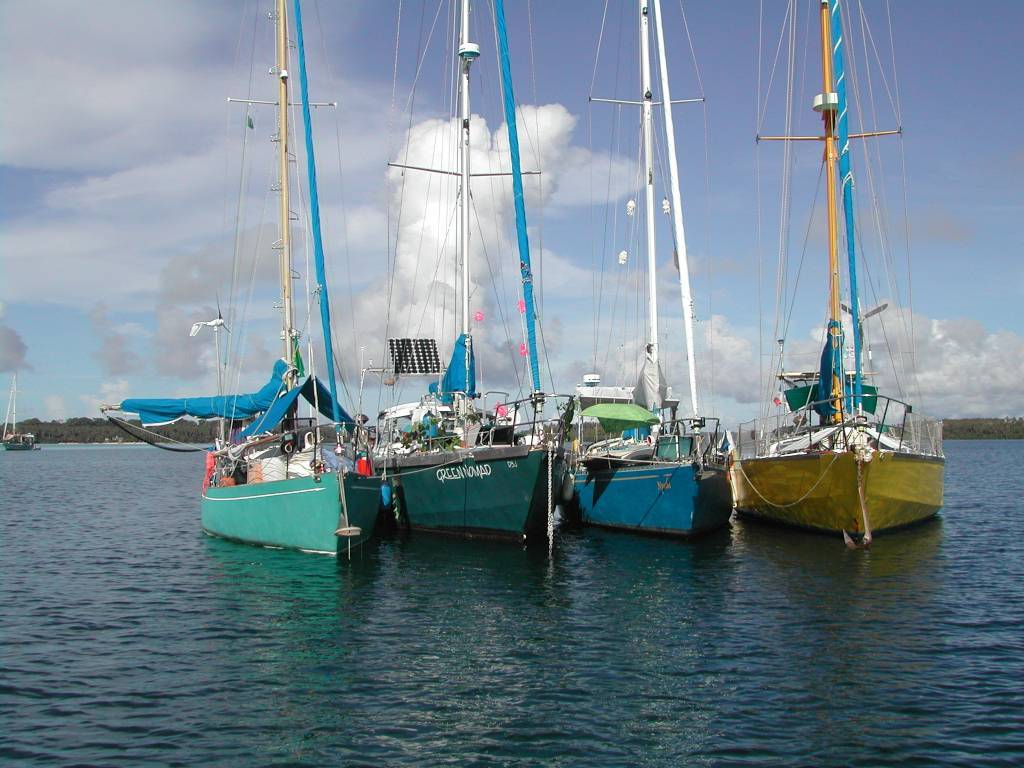
After many unforgettable adventures, we returned to Australia. It was then that we decided that it was time to return to Brazil and provide some support to my ageing mother. Green Nomad was put for sale and sold in the mid of 2006.
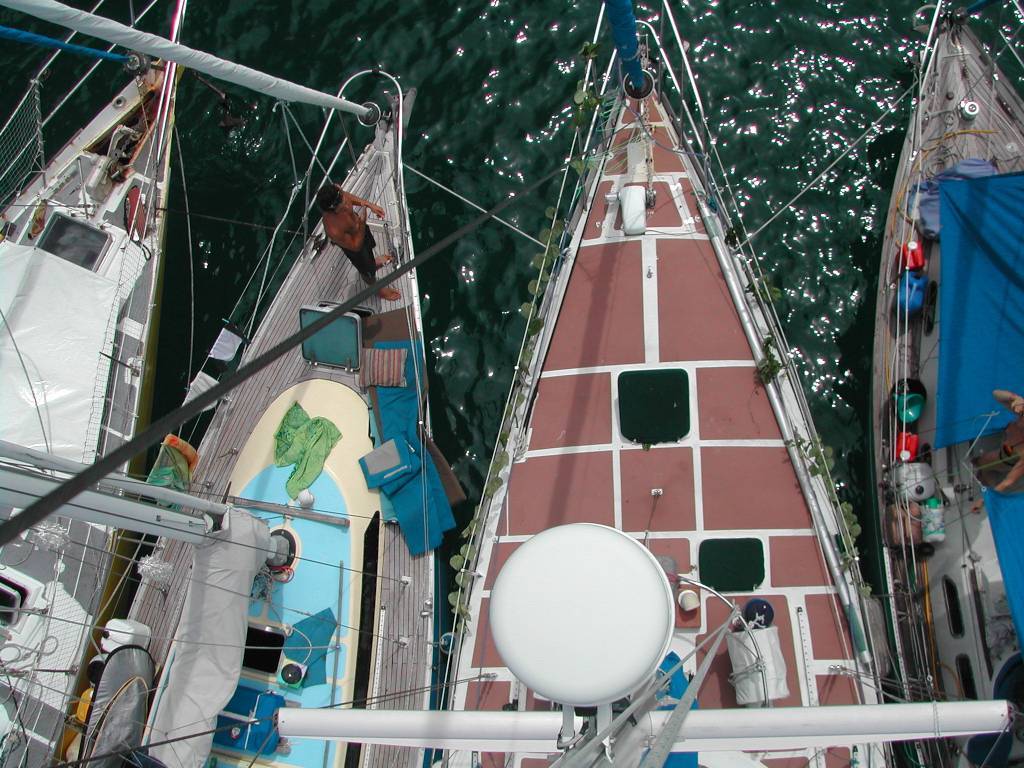
So we made the trip back to Brazil by plane ( but there is a lot more to it, in the process I went crazy and bought a second hand boat in Thailand, went there, spent 3 months, and sold it, story for another day ), and decided that I would go with my mother to a smaller town in Brazil, where it was safe and calm, and build a boat in the backyard of a house where we would be living together. That boat should take as many years to build as my mother would need me, and I thought this would be a way to keep my dream alive and still do what I needed and wanted to do for her. Sadly my mother died just a few months later.
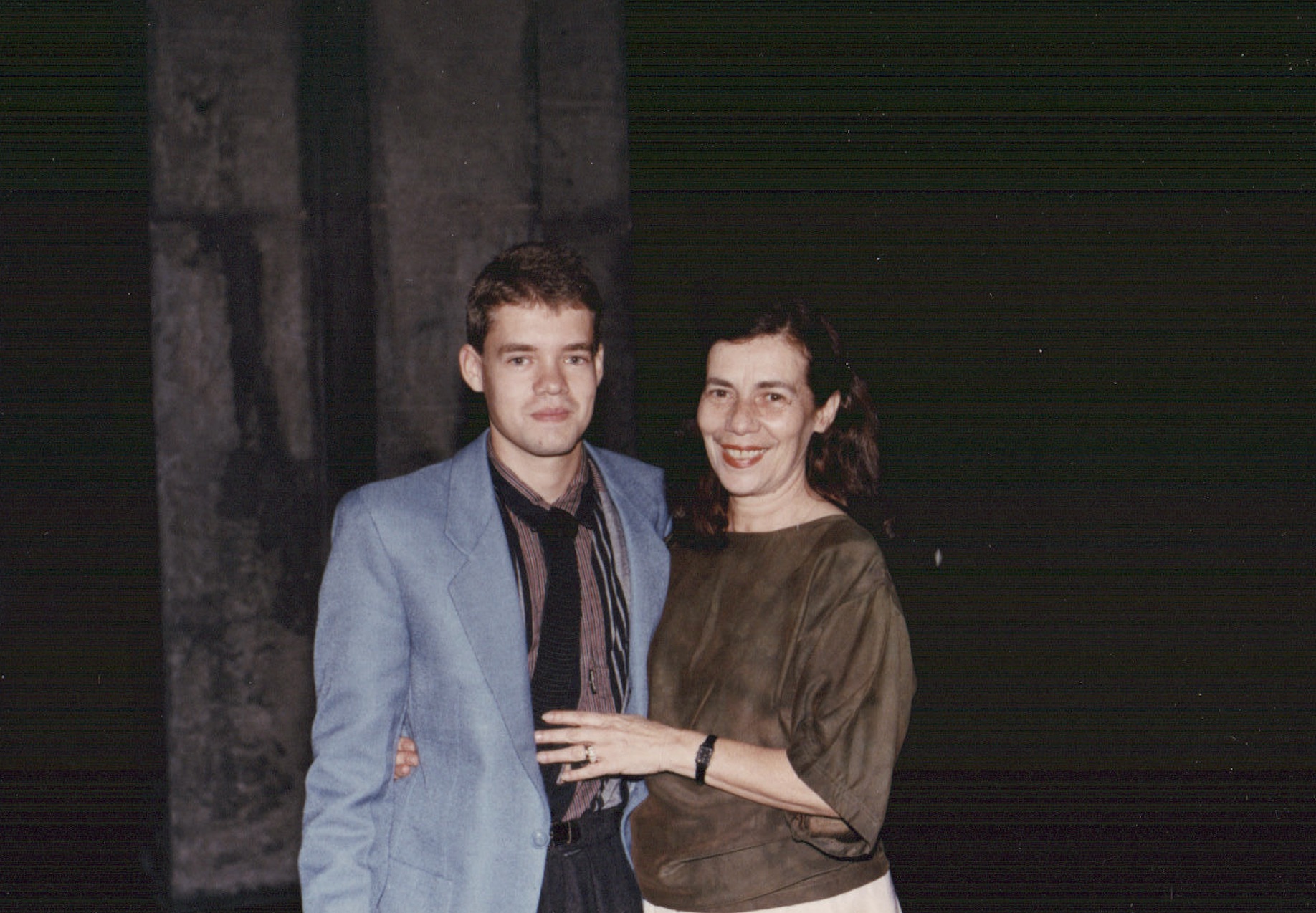
So this precipitated me to build the new boat, the Green Nomad II in aluminum that you saw sailing with the Pacific unit I bought second hand from Paulo Ribeiro, a customer that had built a 12 m aluminum boat from a kit I sold in partnership with B&G Yacht Design.
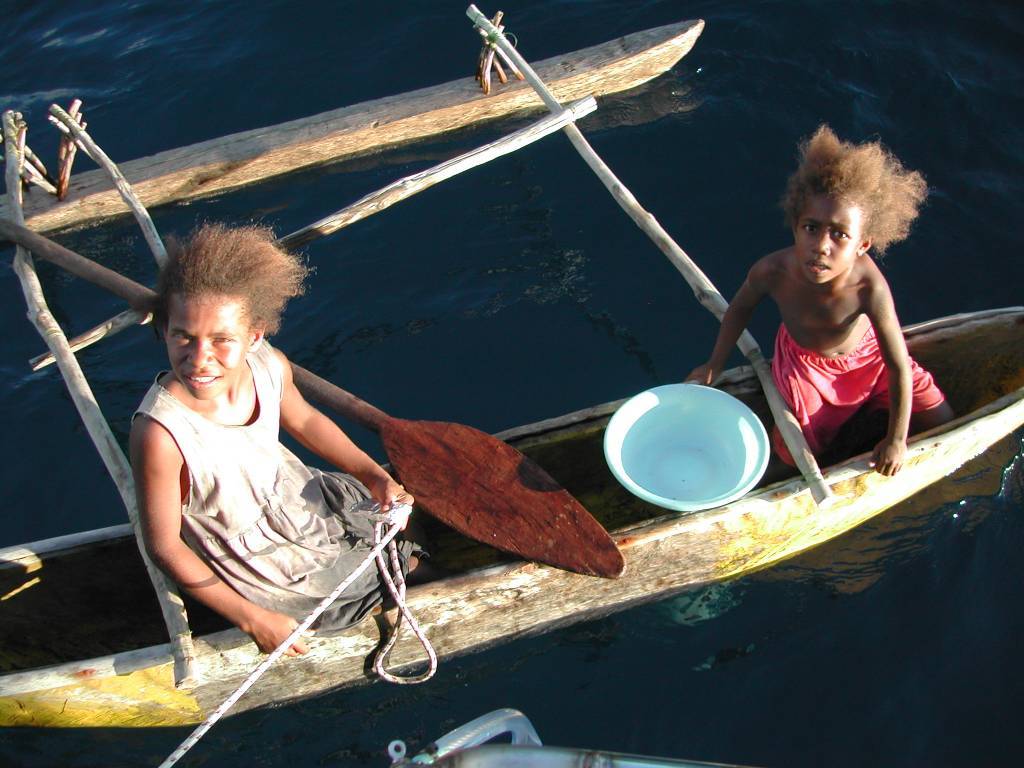
It took only two years to build, full time, and I had many problems with the boatyard that was to make the hull only, but that in the end required me to go there and do the job myself, just using their machinery ( old, rented ) and welder. Otherwise I believe we would have been done in about 18 months, from start to finish.
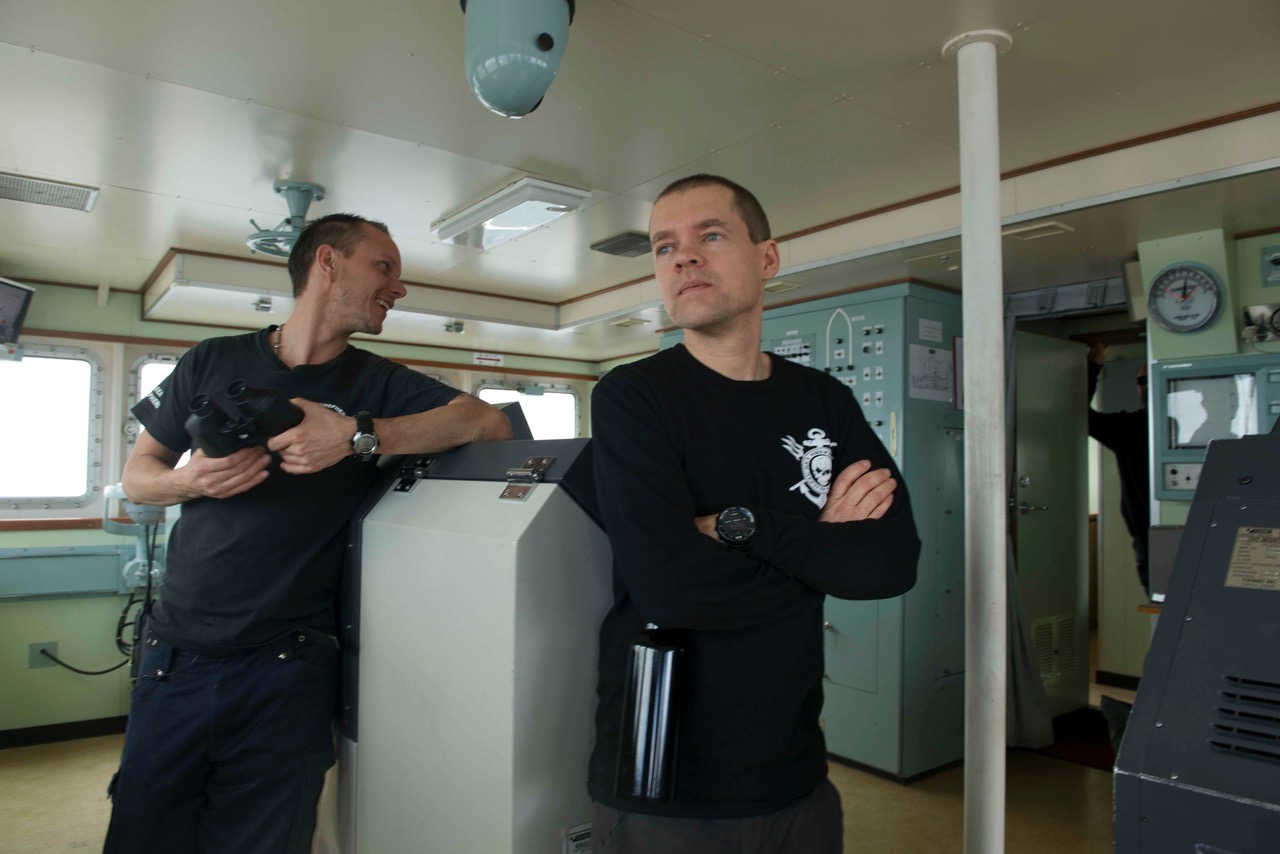
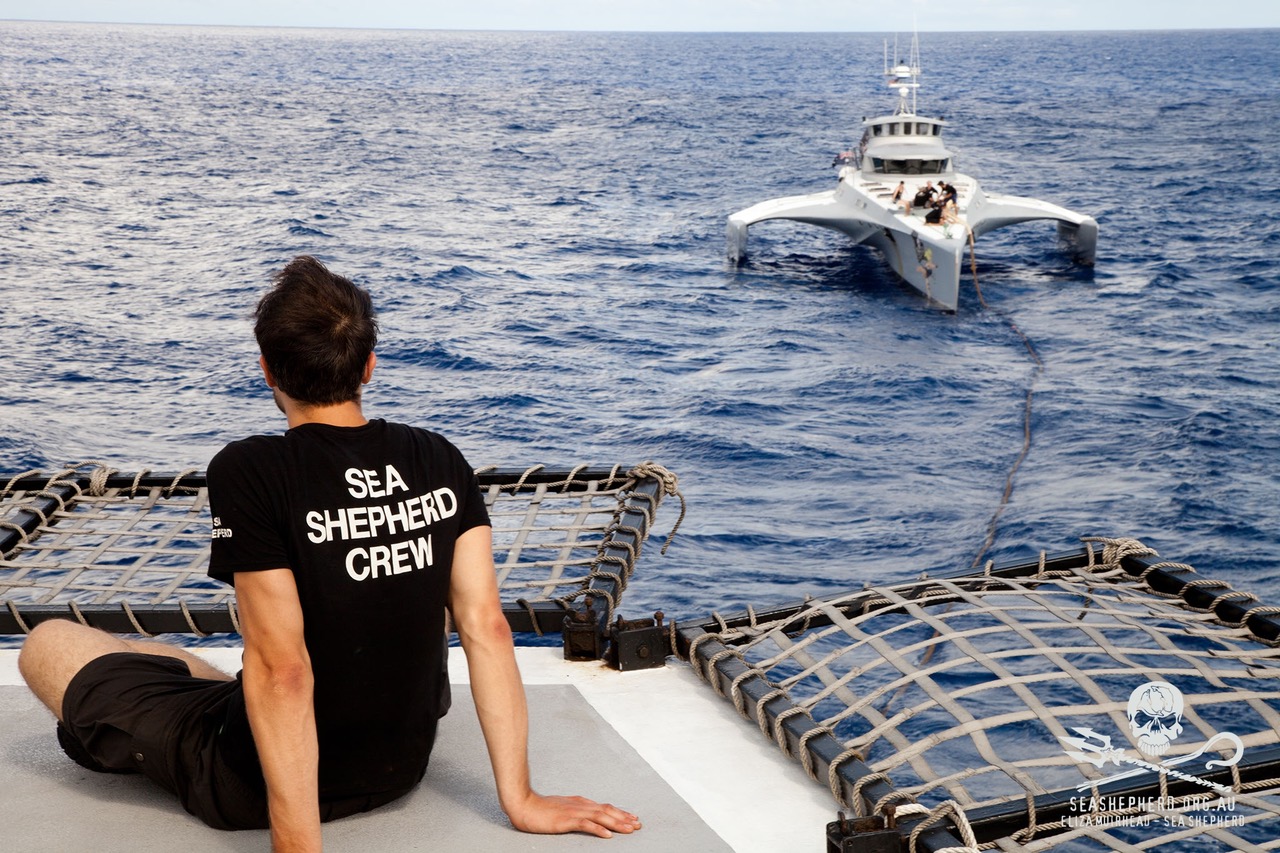
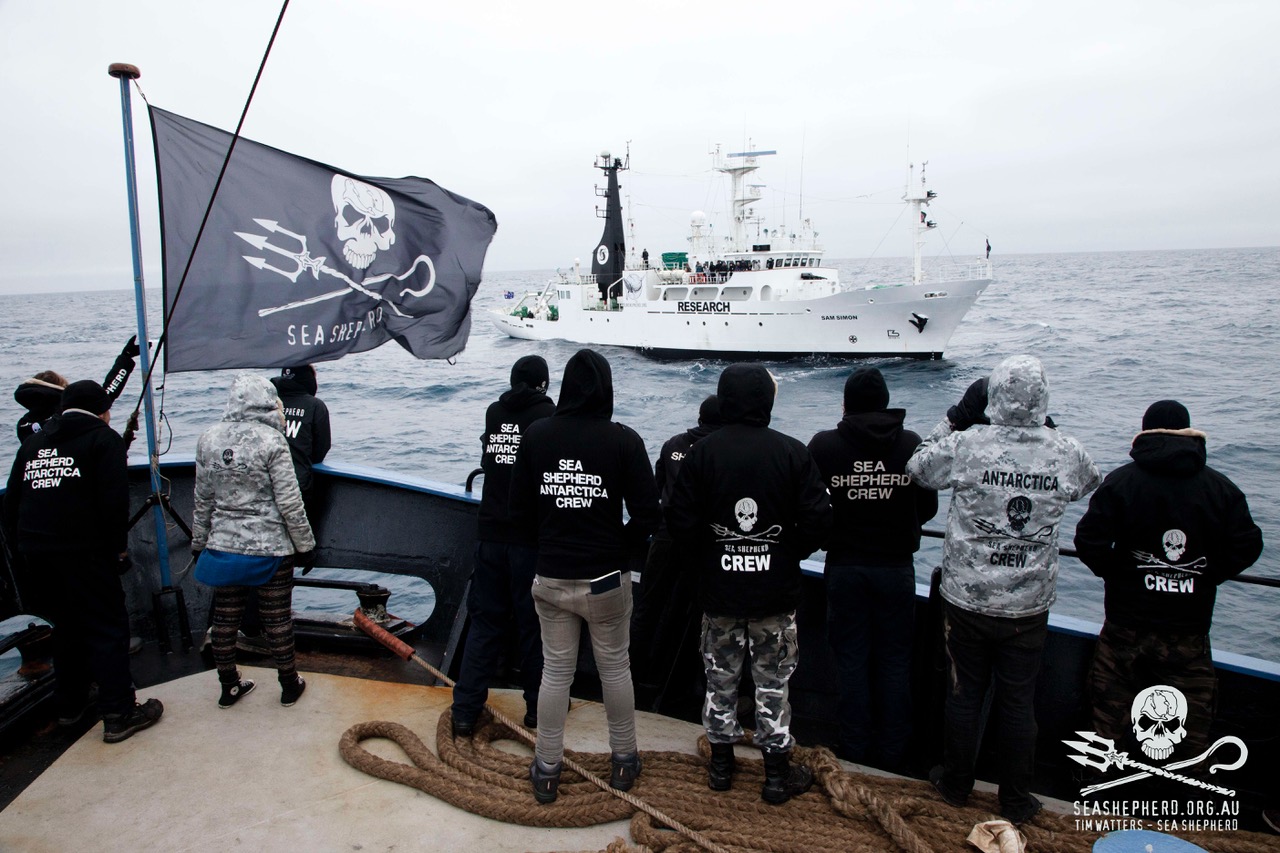
I sailed in the second Green Nomad for 8 years, but a lot of this time I spent out doing campaigns with Sea Shepherd, and the last thing I wanted when I came back from campaigns or deliveries was to set out in long passages again. That and the will to know properly the Brazilian coast, which I had rushed past the first time, made the trip from the South of Brazil, where the boat was built, to Trinidad, take all this time.
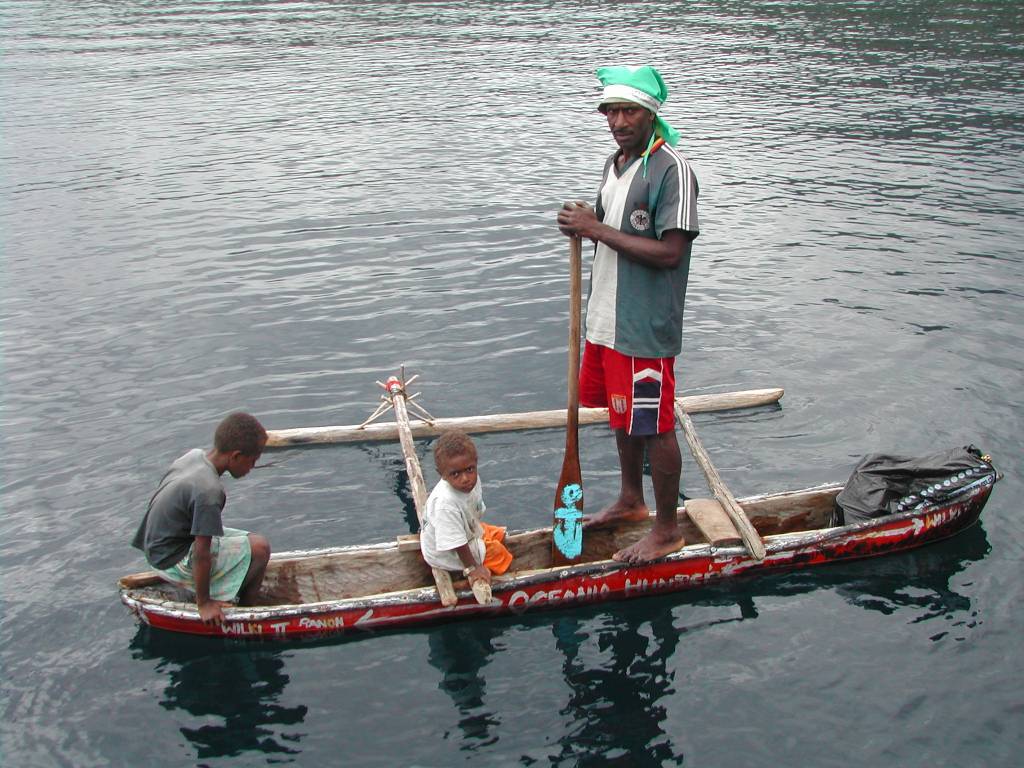
In Trinidad, due to personal problems, I sold the boat very badly, not only because it needed finishing some jobs, but also it had termites in the wood, a stroke of bad luck.
After this I flew to the USA and started a refit project on a 1975 Cape Dory 28, working in the same place as my nephew, who was himself refitting a Valiant 32. We could share tools and I was helping him with my accumulated experience in boat building and repair.
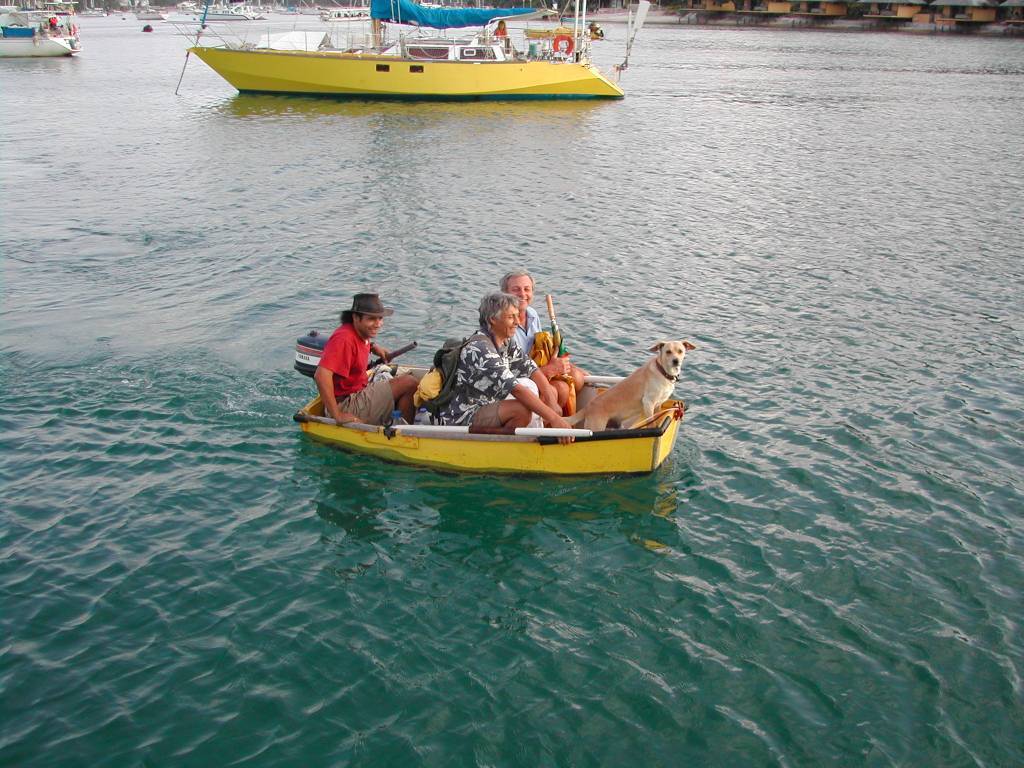
The constant need to travel out of the USA to renew the visa, and just the total tiredness of working on boats never to have them ready ( 6 months in Trinidad, and by that time already 12 months in Florida ), made me take the harsh decision to borrow some money to buy Teresa in Sweden.
That did not do wonders to my purse, and so you met me in Den Helder in a phase when things were not the most bright. But I had design work contracted and that was saving the day!
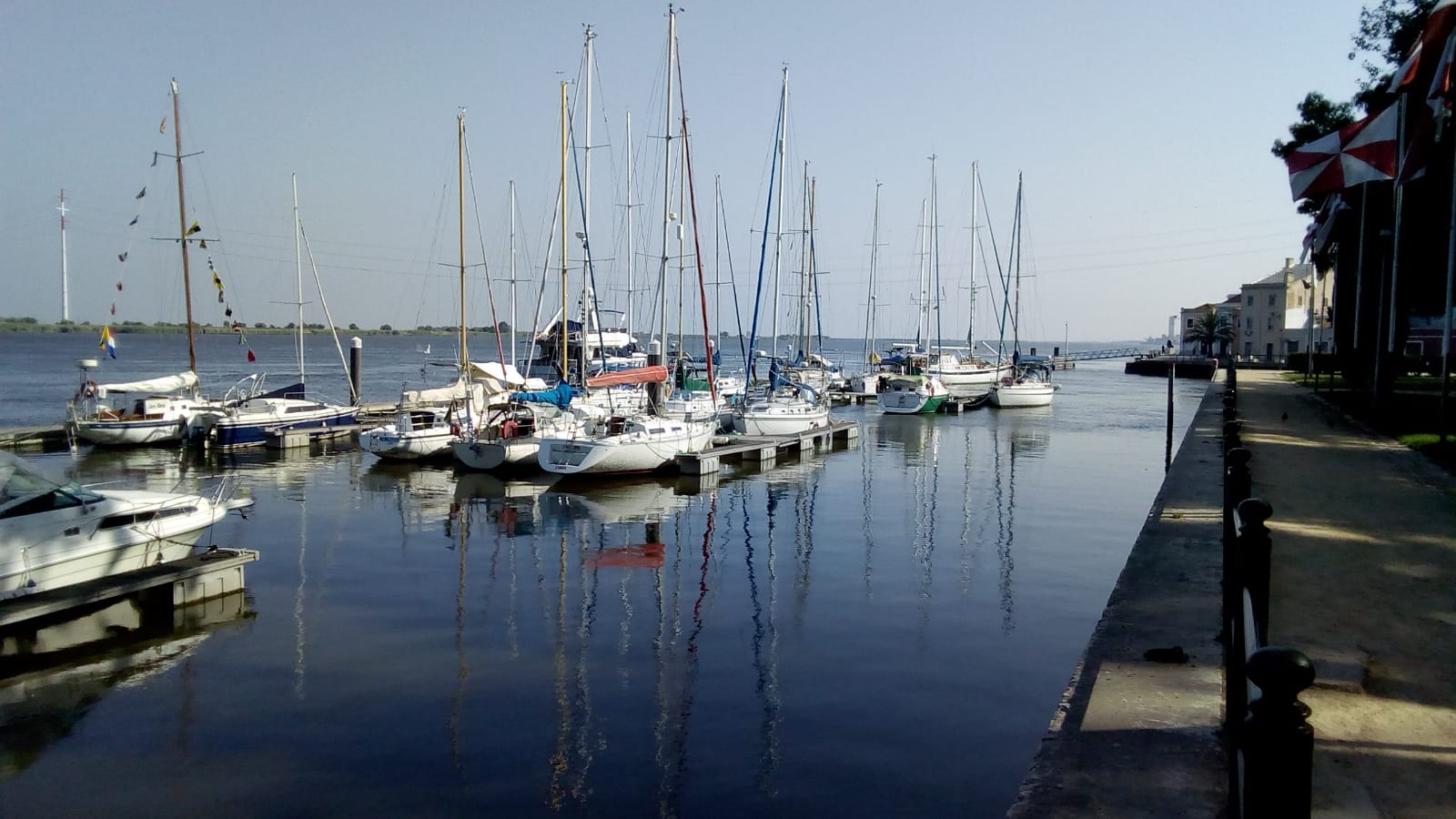
After the troubles with the previous boats, I had a wonderful time ever since buying Teresa in Sweden, and some new hope for the next step in my life came.
But the problems, very concentrated over the last 3 years had already done irreversible damage to my health, and all that was about to explode, and it did 52 weeks ago.
Well, it was a long story put into a short text, for one who lived 100 years in 50 like I feel I did!
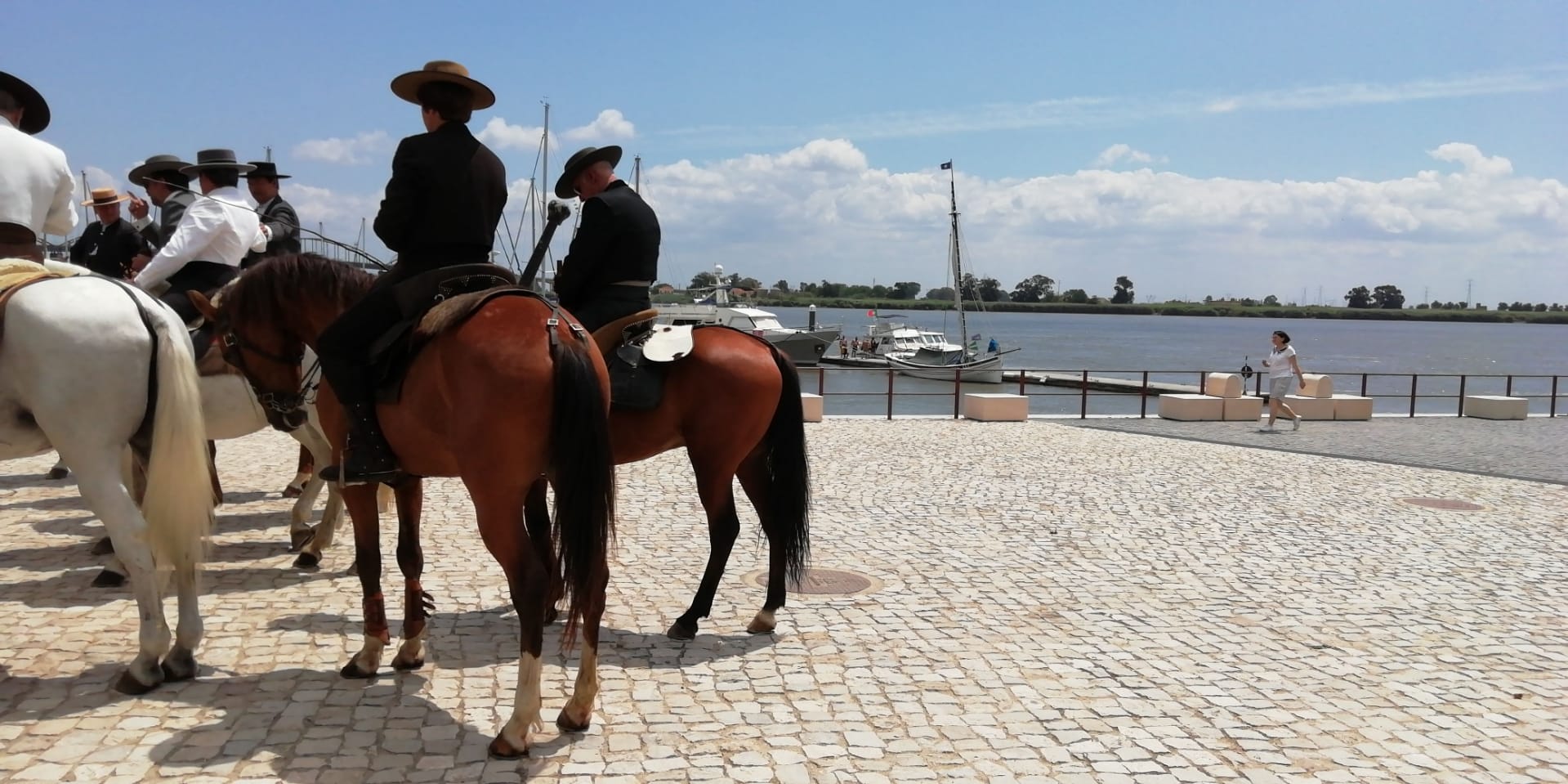
My core values are unchanged after my health problems, and I put more value in my time than any amount of money. Time is the only thing we have, and we know if it was well spent or not by the memories we make and the friends and love we have. After nearly dying I am in some ways a new man, but the old one is here, just adding some things, like more love.
I should not forget to mention my admiration and deep friendship with my friends Roberto Barros and his son-in-law Luis Gouveia, who guided me in my career in yacht design, receiving me in their office! I had known Luis Gouveia and his now wife, Astrid Barros, now a PHD in hydrodynamics, since we studied together at the same institution, Universidade Federal do Rio de Janeiro. I met them often, and Roberto Barros, specially when I started working at boat shows, with my family business. Roberto Barros is a self made yacht designer from the old times, who made the same journey as me, first a cruising sailor at heart, and then a designer. His nickname in Brazil is Cabinho, because he went from Rio de Janeiro to Cabo Frio, 60 NM of open treacherous waters sometimes, in a snipe.
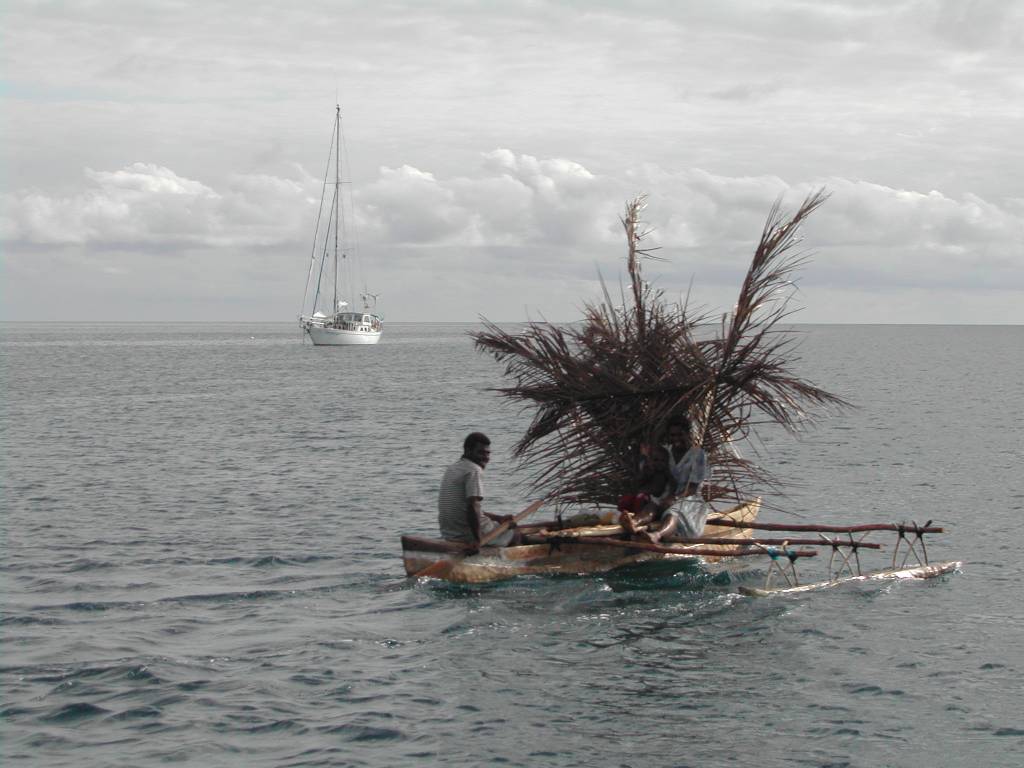
Roberto sailed from Rio to Polynesia on a 21 ft wooden boat, in 1968, with his wife Eileen, and when getting to Tahiti, she was pregnant. Astrid was born there, and after a heat wave, when the baby almost suffered a heat stroke, they abandoned their plans to follow on to New Zealand, to where they were immigrating, to return to Brazil, where he started his work with design.
He was there just a few days before Moitesier arrived from the Longue Route. Roberto is a friend of many of the cruising legends, like Web Chiles.
I am enjoying this writing. My time is short, and I would like to have made it more detailed, but I hope it gives you the big picture!
So, Peter those are the waters I sailed.
Luis
ALUMINIUM BOAT KITS
—————————-
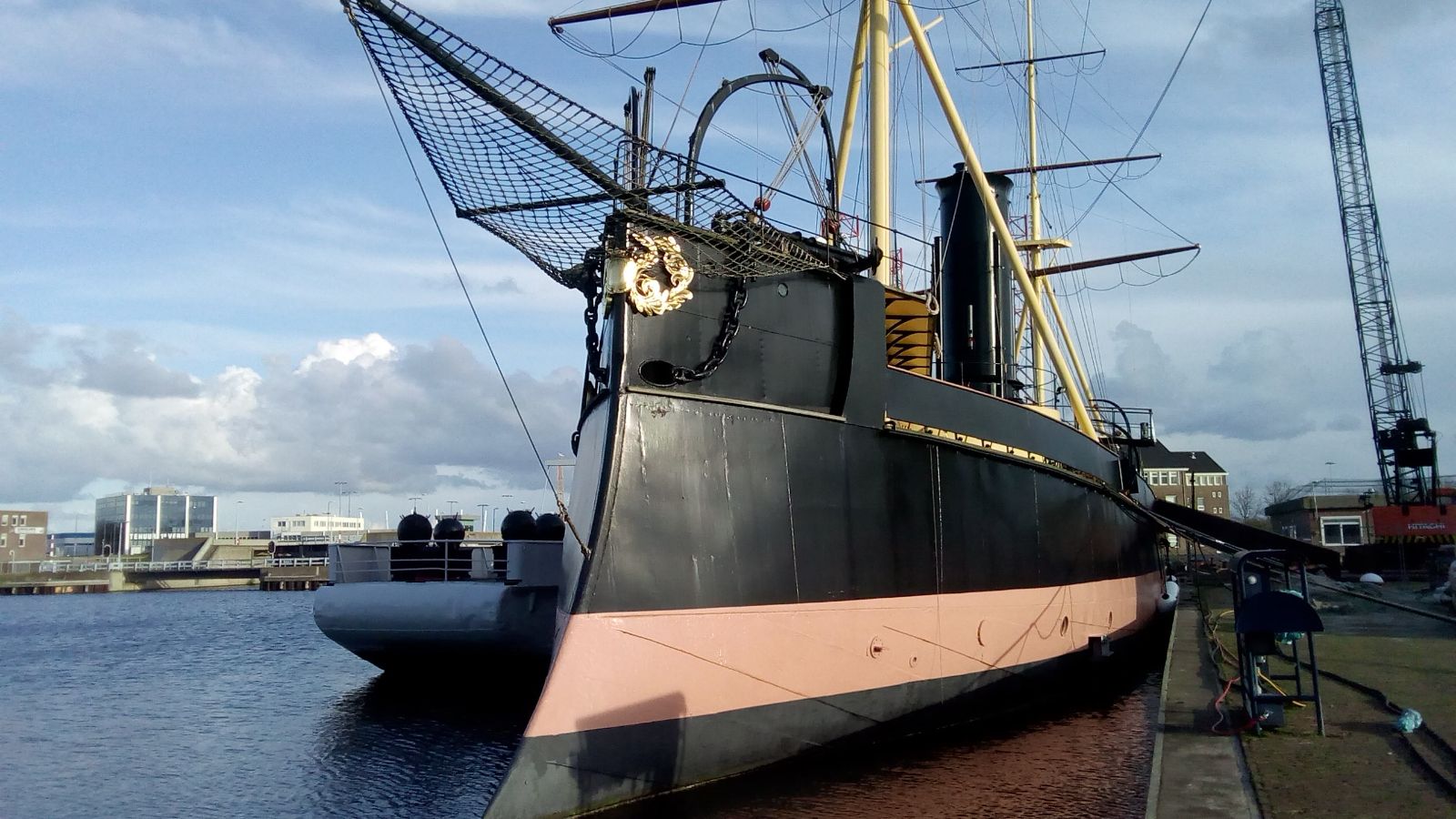
Nach unserem Treffen in Den Helder, der Weiterreise mit seinem Vater nach Lissabon, hat Luis vor 52 Wochen einen Herzinfarkt mit unglaublich viel Glück überlebt. Er fühlte Schmerzen auf der Brust, hat nach dem Rettungswagen telefoniert, und sich aus dem Cockpit seiner Teresa bis zur Strasse geschleppt, wo ihn die Ärzte auf einer Bank gefunden haben. Für Luis eine Lebenswende, die ihm bewusst, die ihn jeden Tag auf´s neue begrüssen lässt.
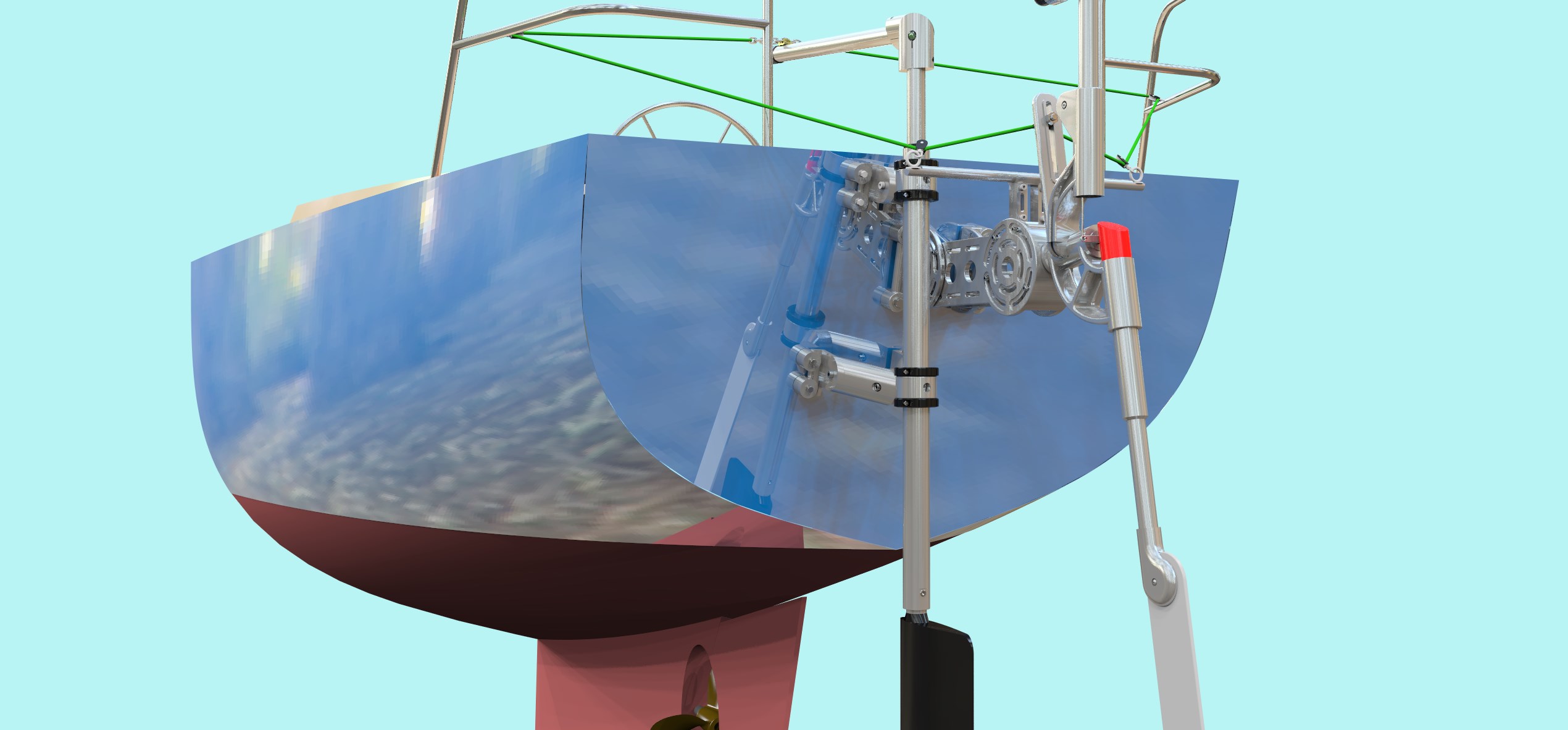
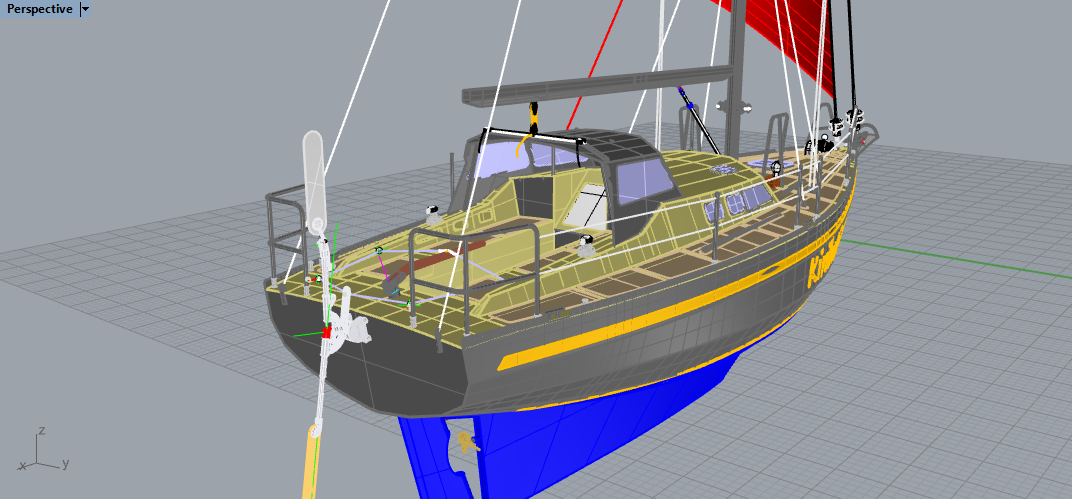
Heute hat Luis viele neue Projekte im Fokus, ein Alu Neubau in Australien wird derzeit geschweisst, eine neue Existenz in Portugal zeichnet sich ab … Wir haben eine Kooperation begonnen, deren Ergebnisse bereits zu sehen sind …
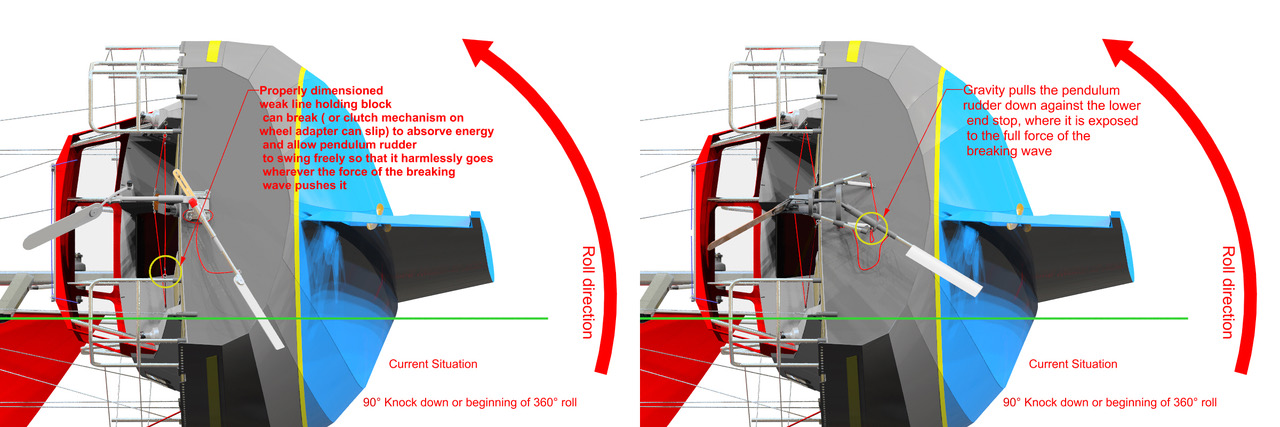
Ich sollte mich an dieser Stelle entschuldigen, dass ich einige Zeit gebraucht habe, diesen Bericht fertig zu stellen … aber auch mir läuft das Leben schlicht erheblich zu schnell …
Hamburg 17.11.2019
Peter Foerthmann
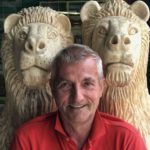





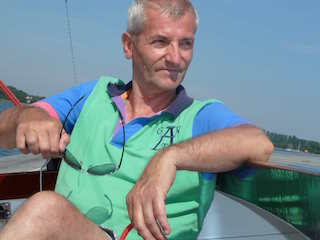
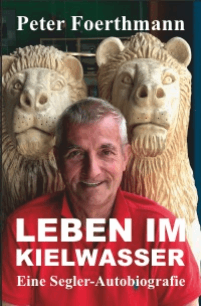
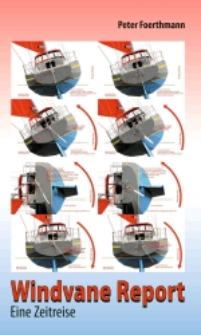
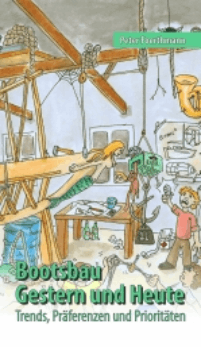
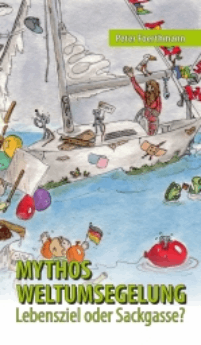
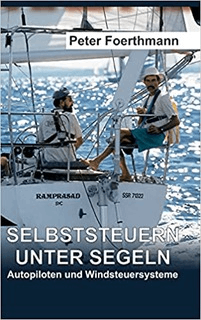
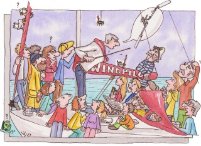
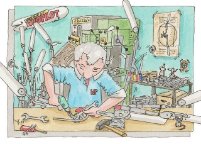
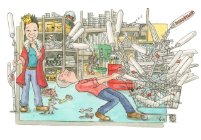















Beeindruckende Biografie. Verdient hier Platz gefunden und die Lektion heisst,
once again: „never give up“.